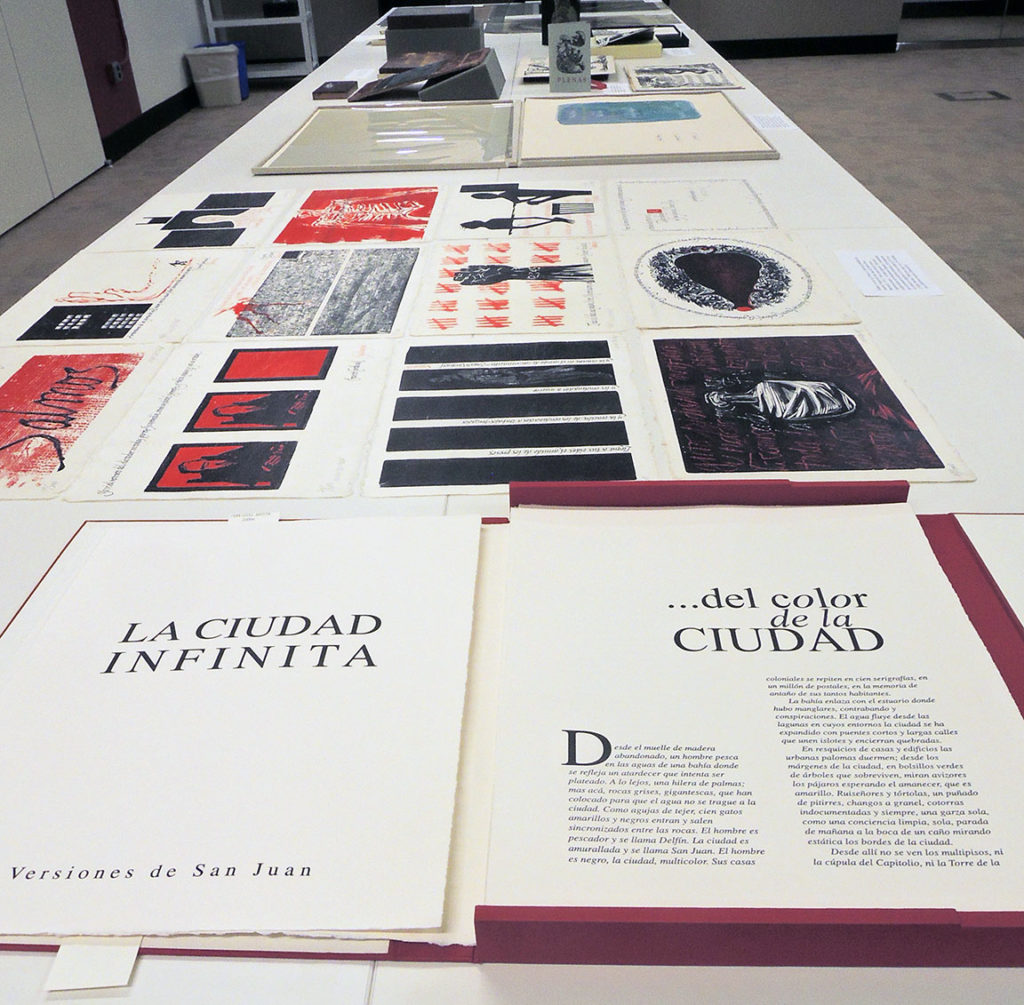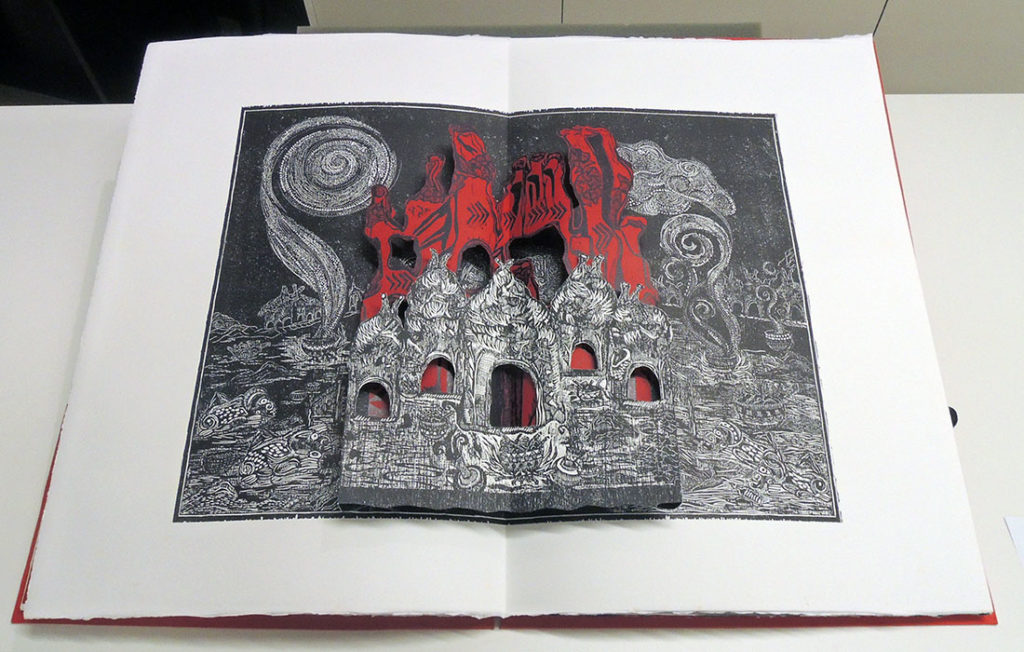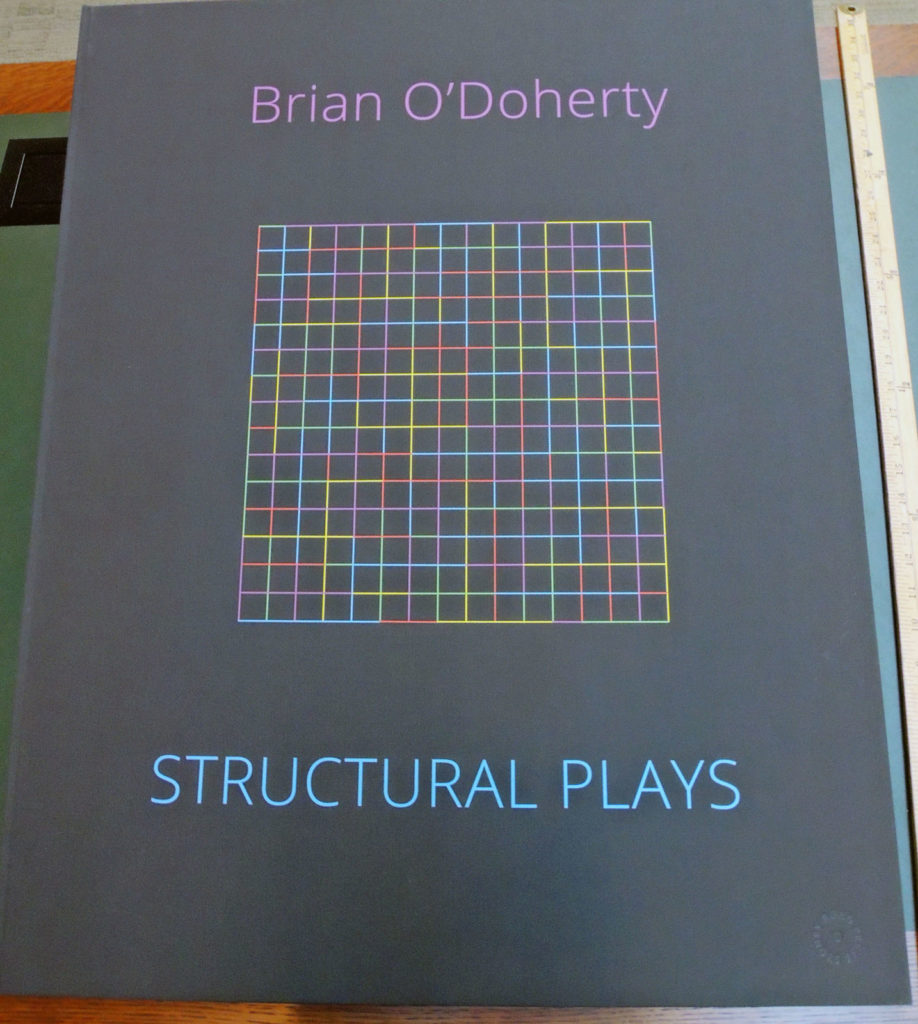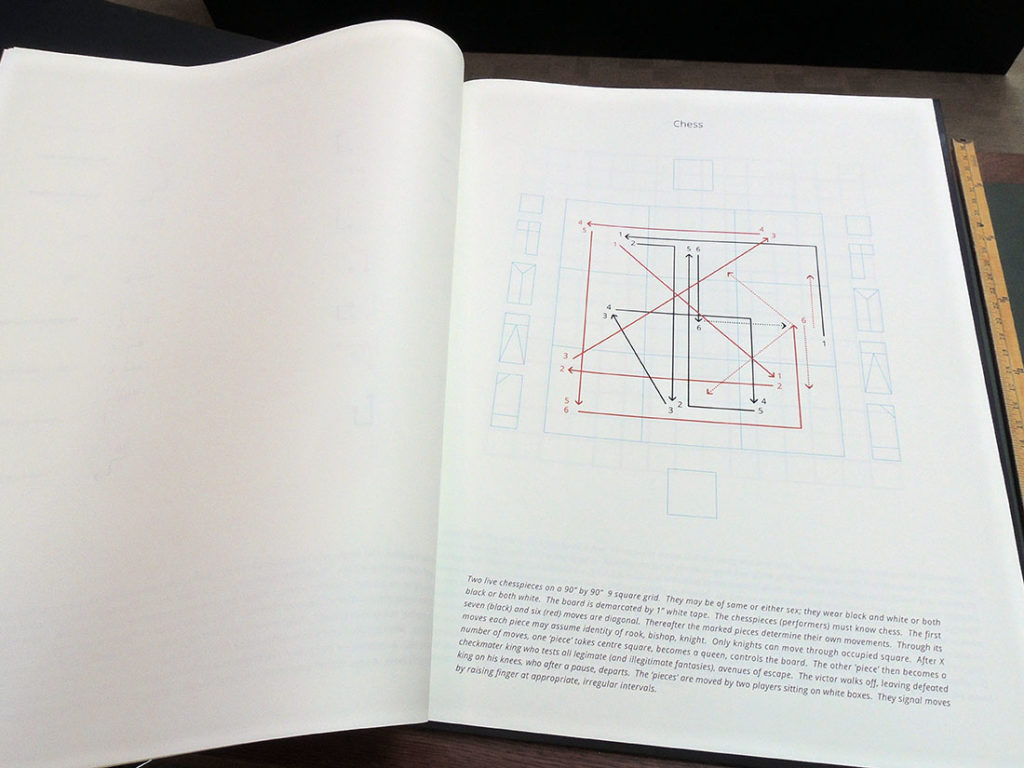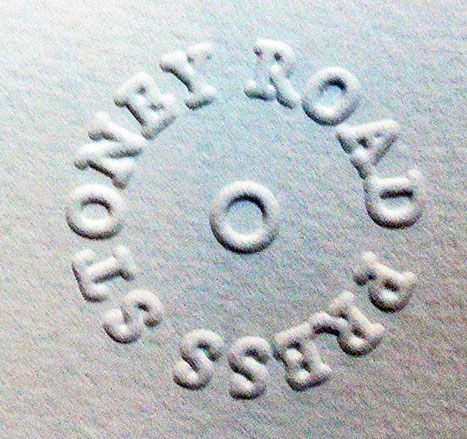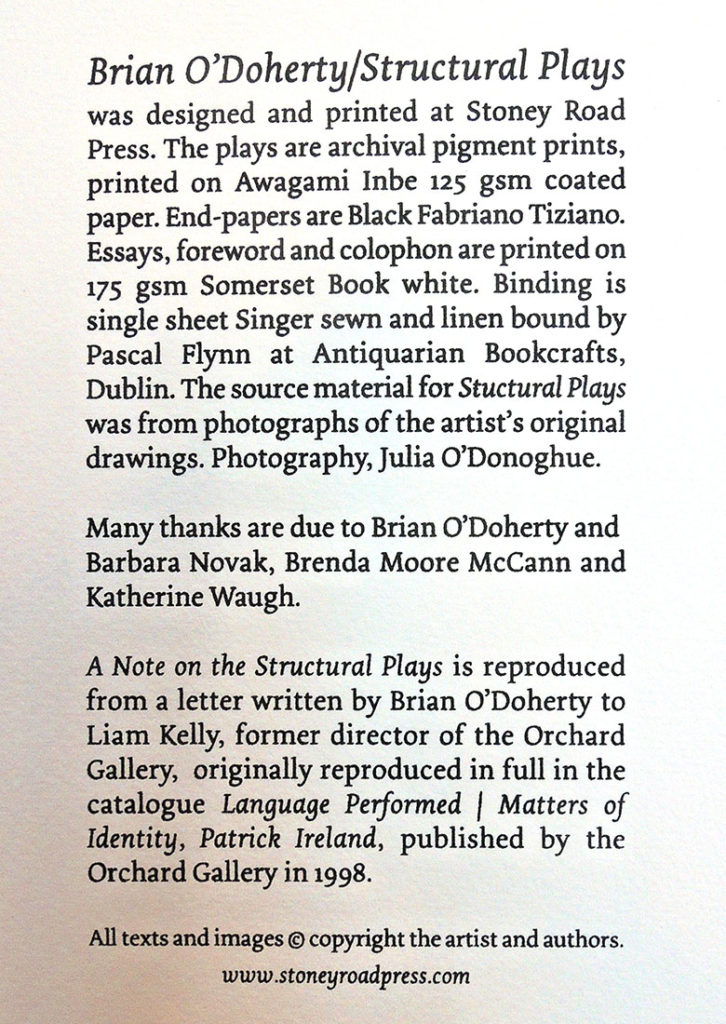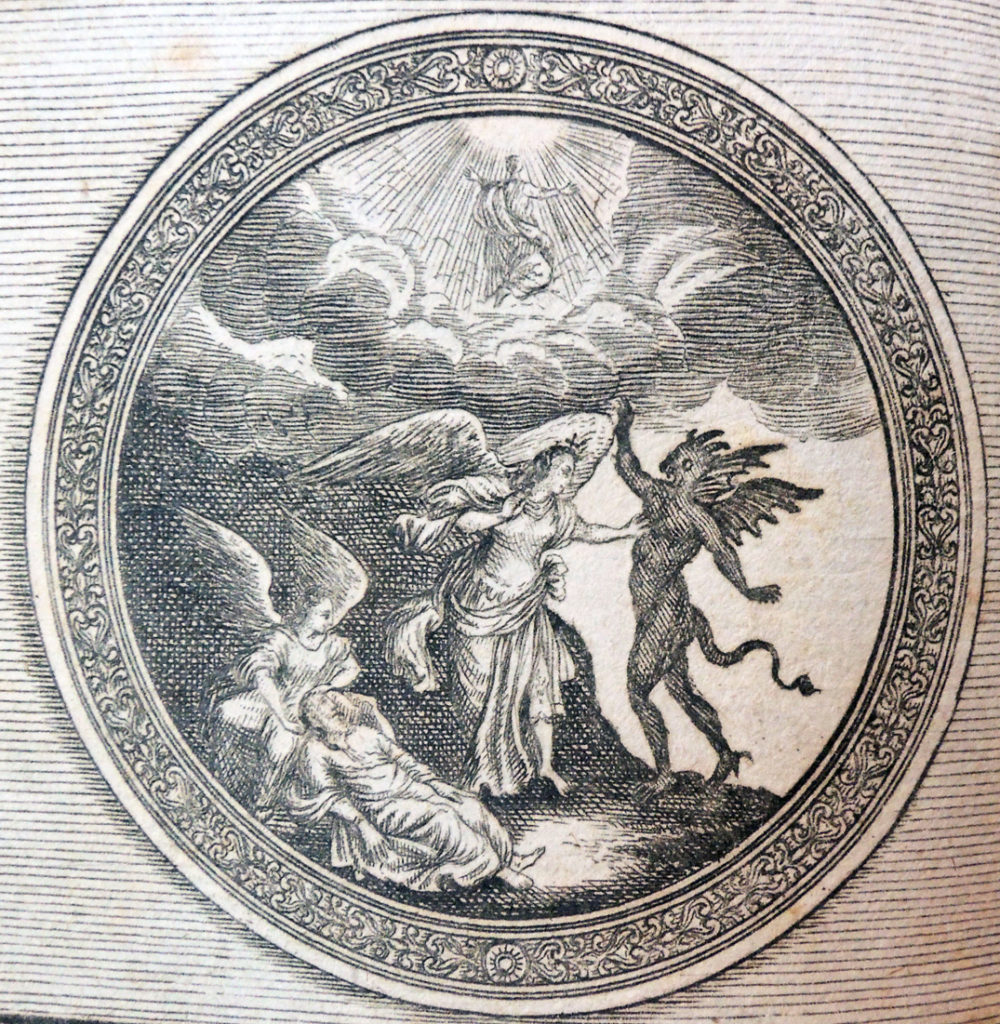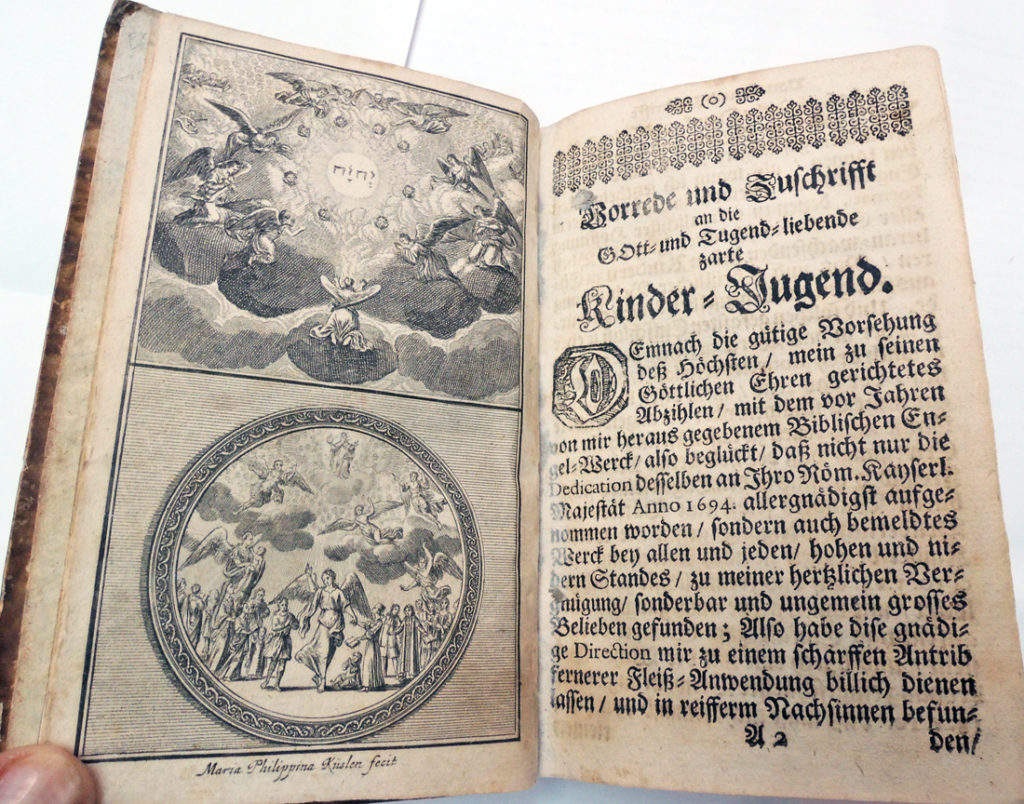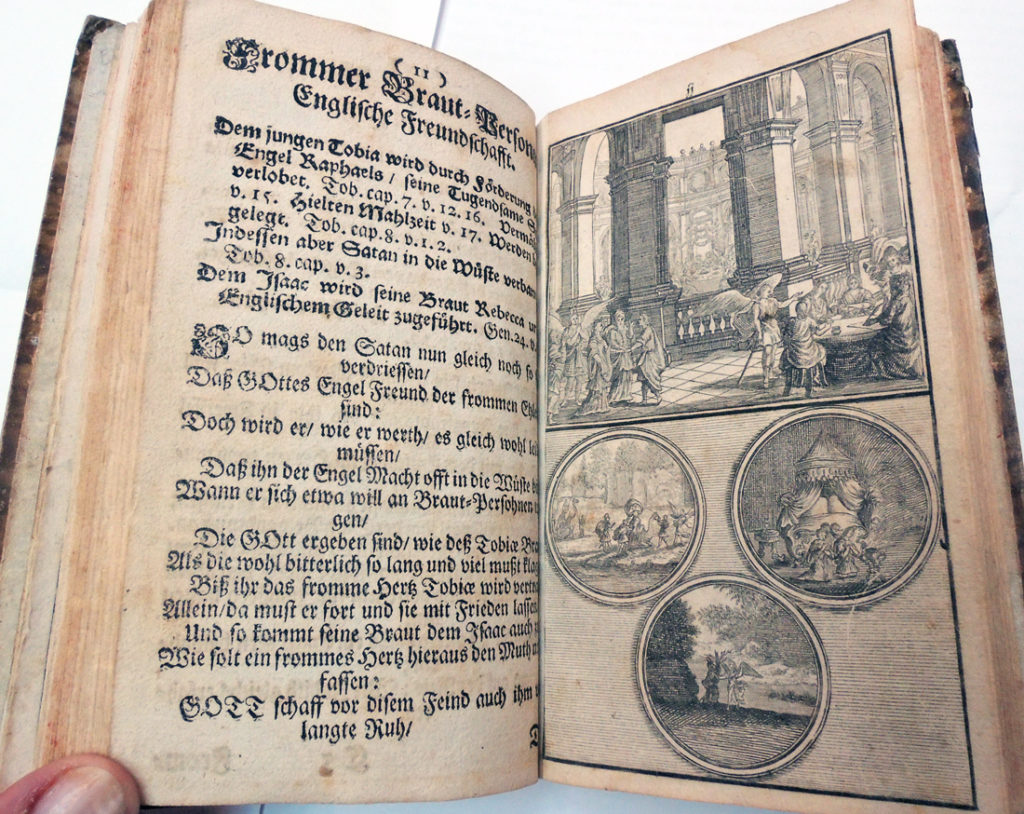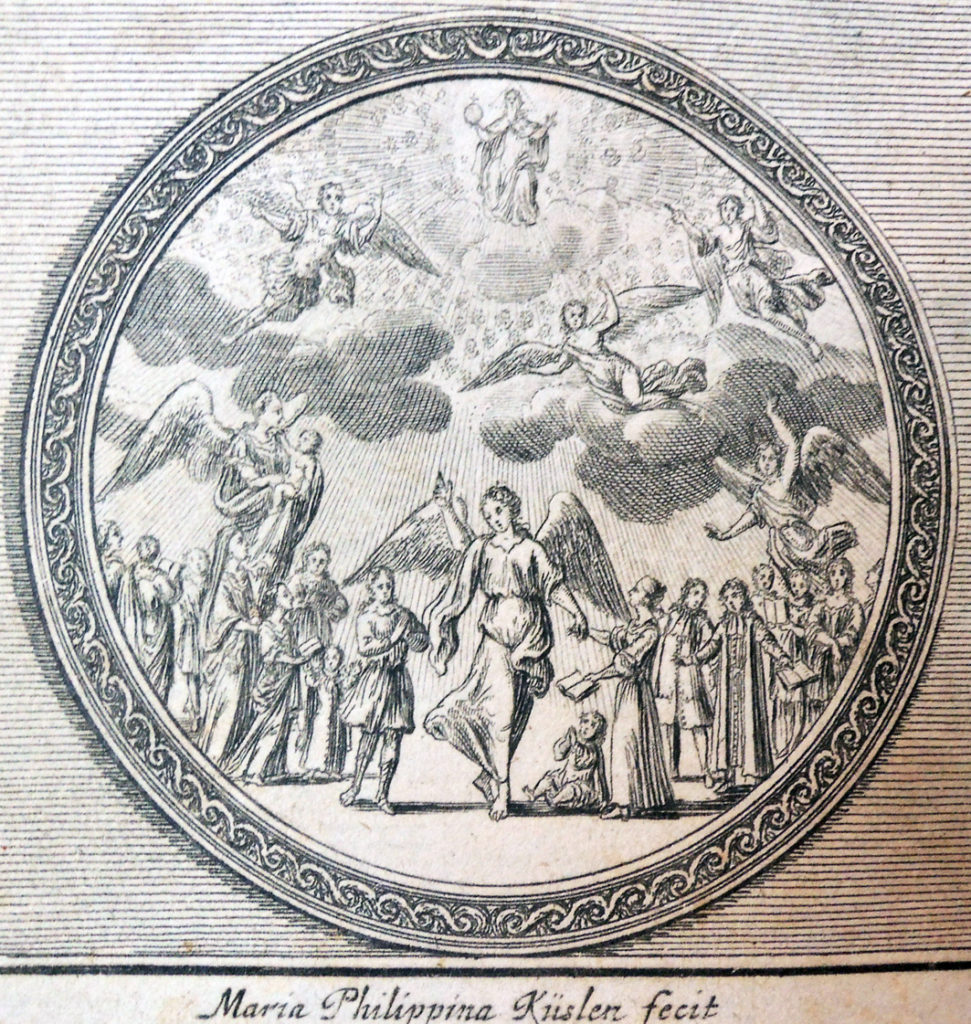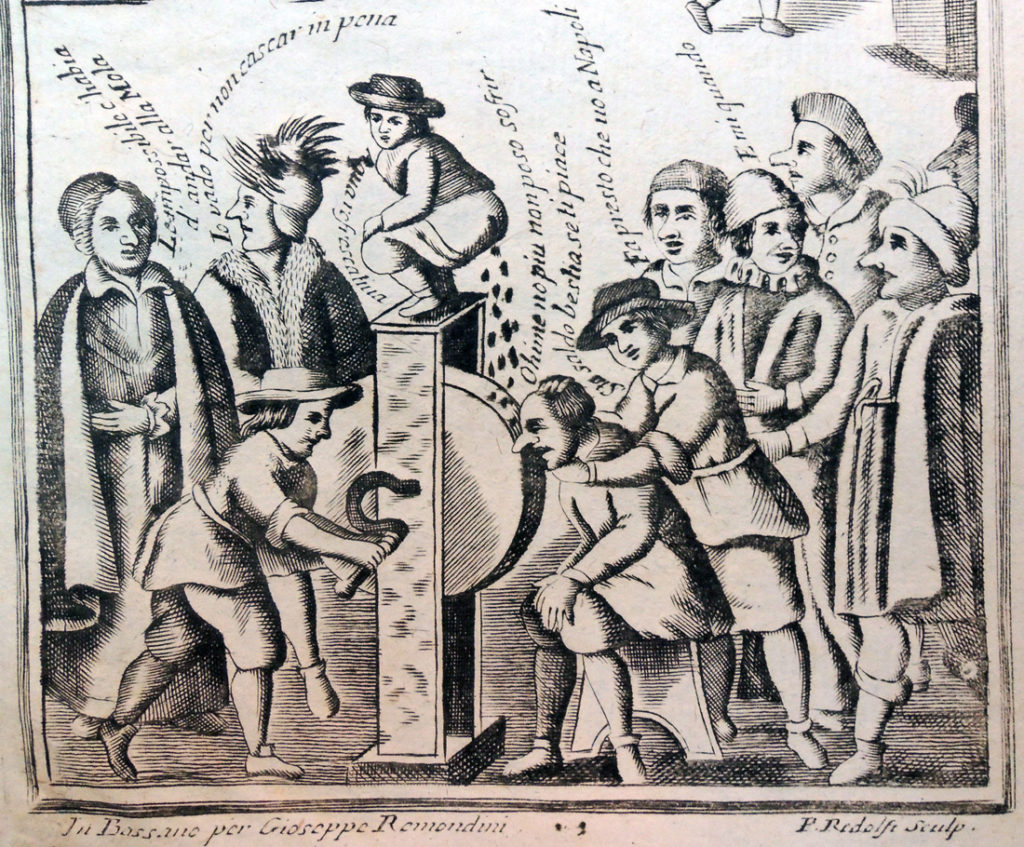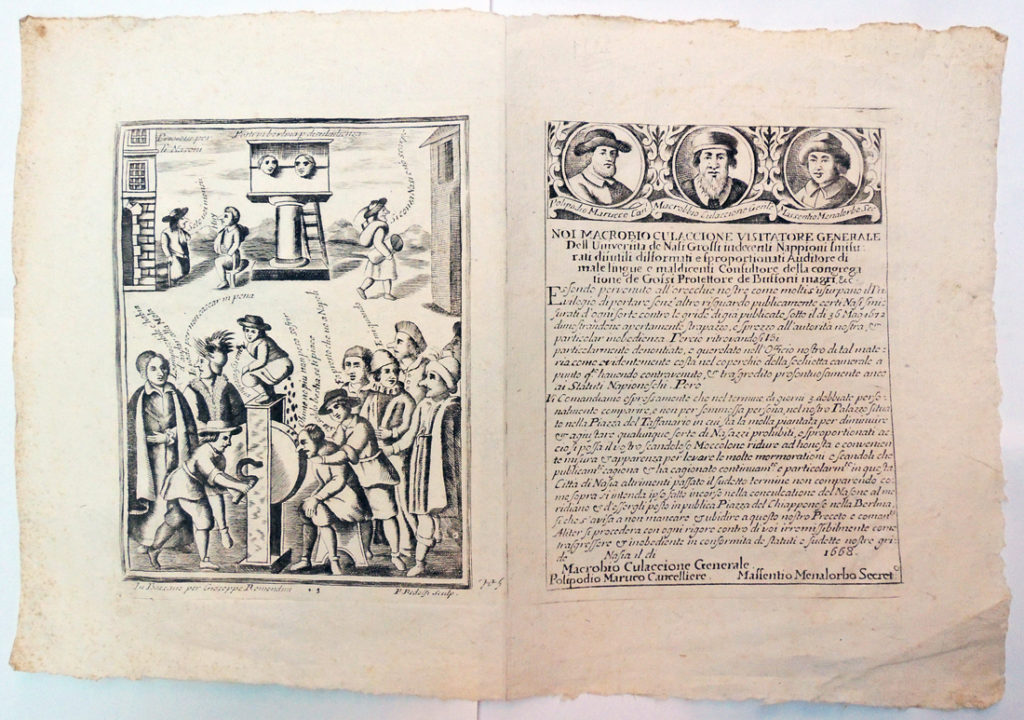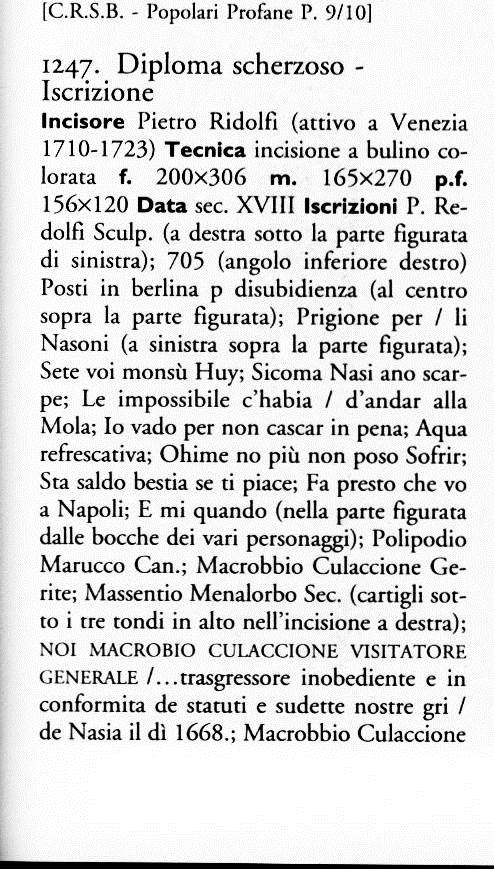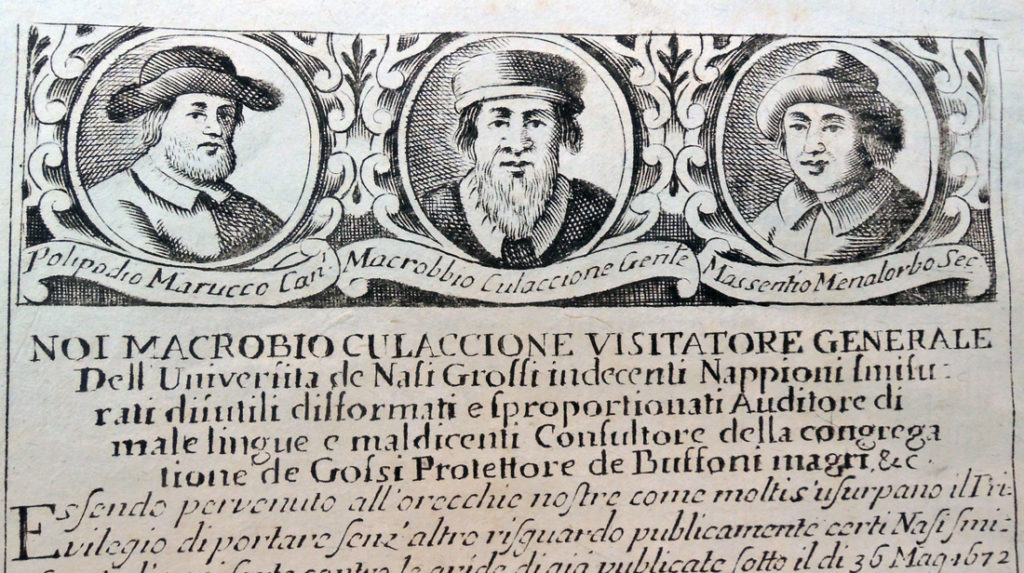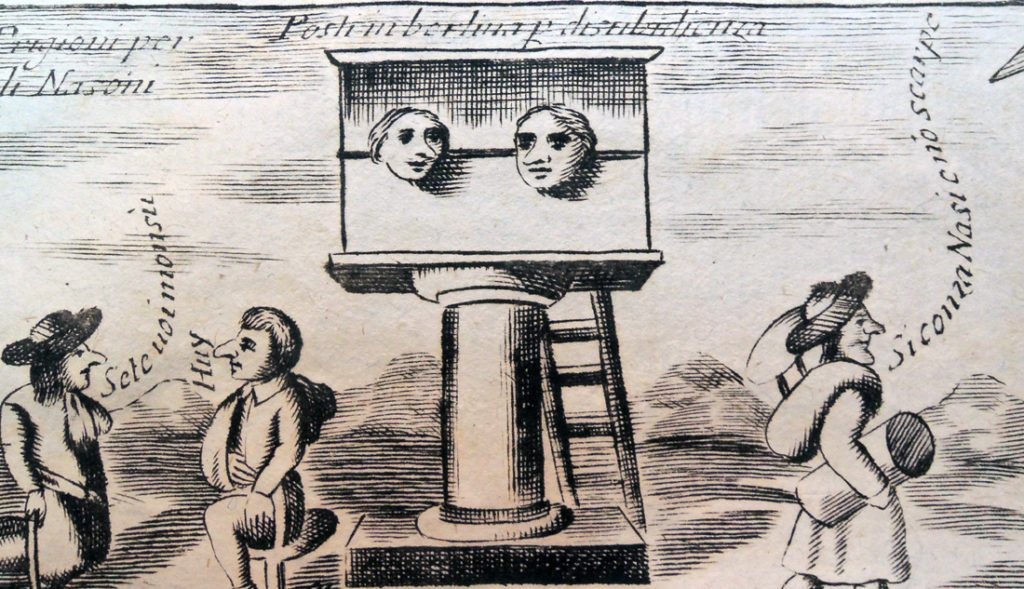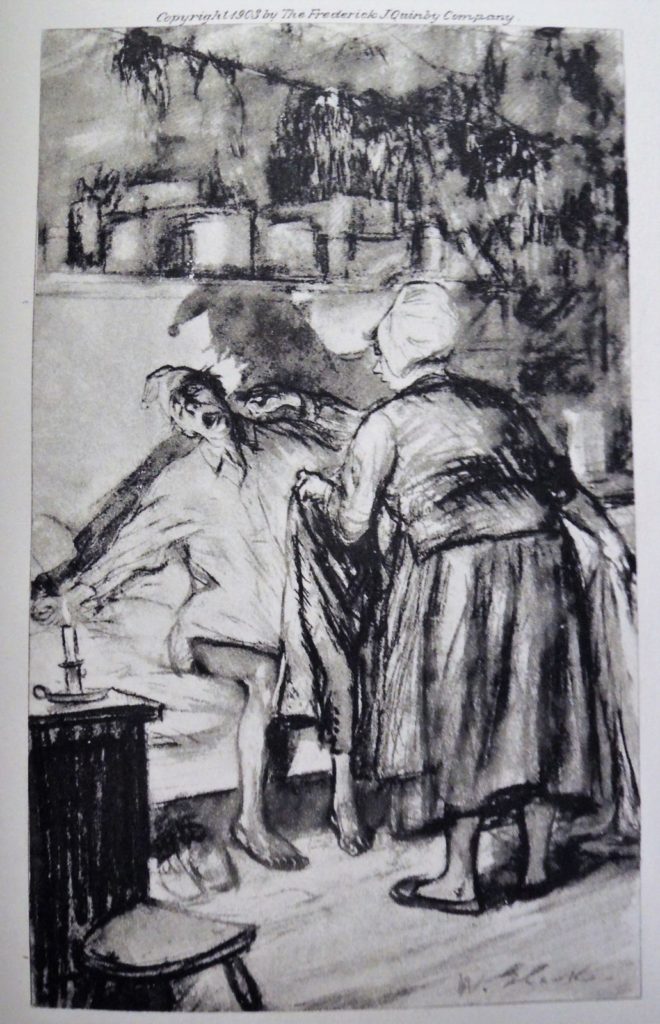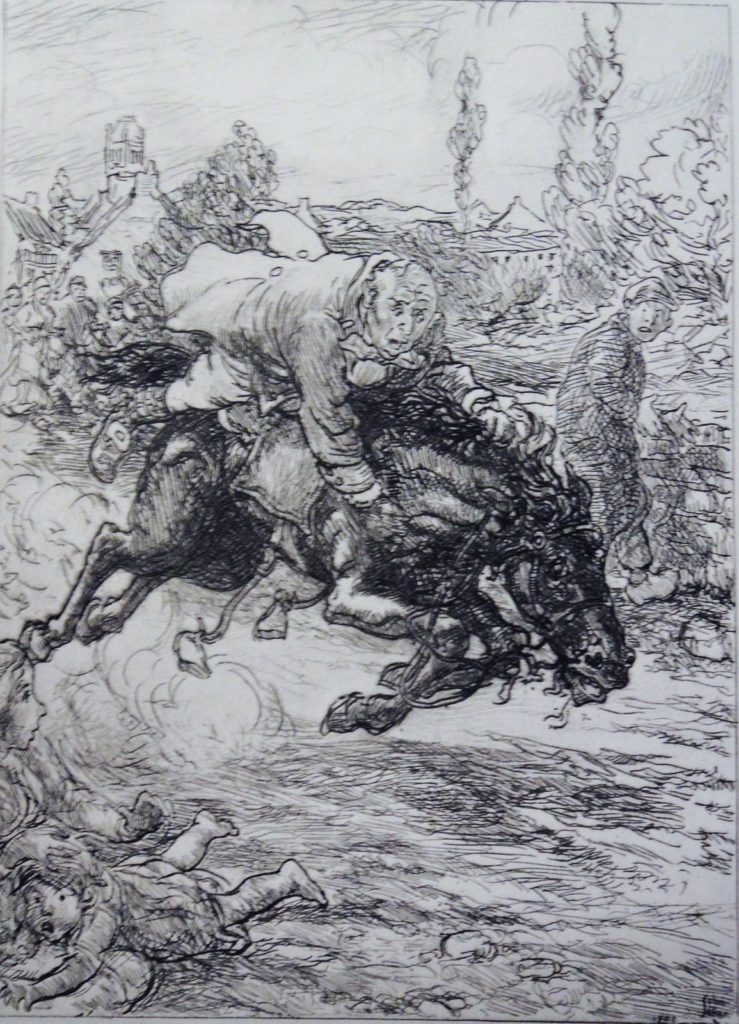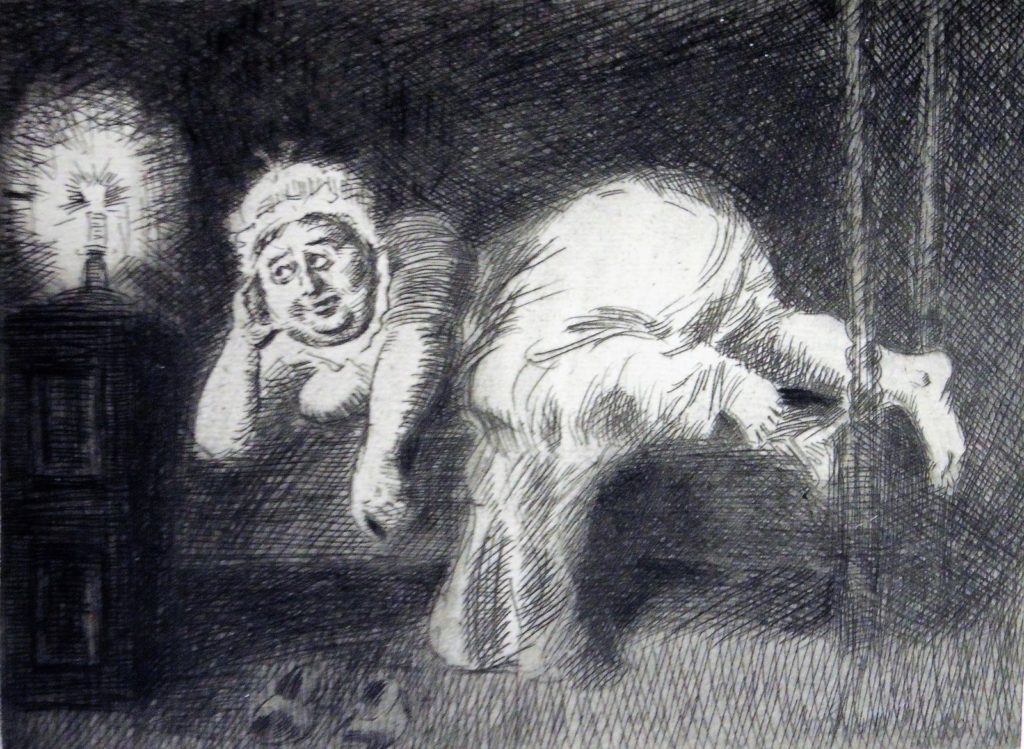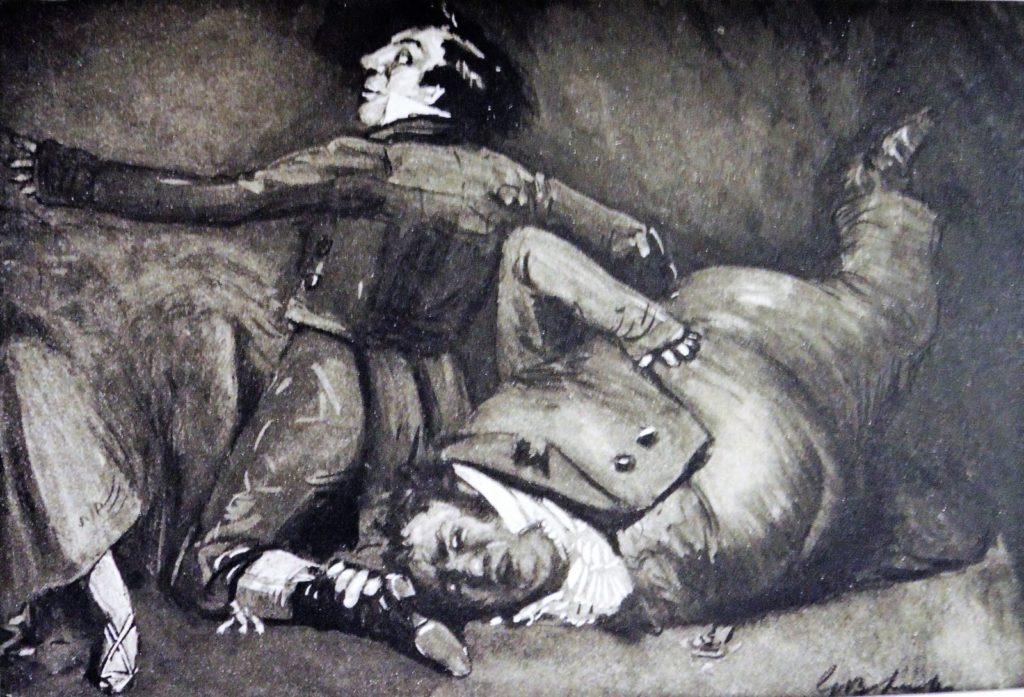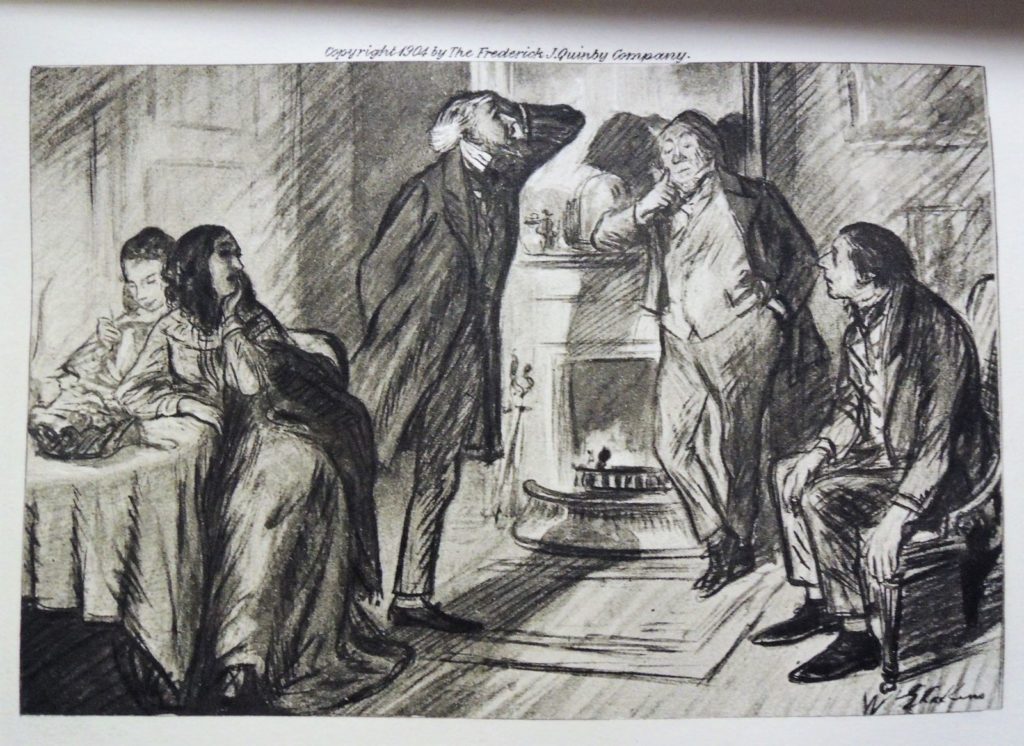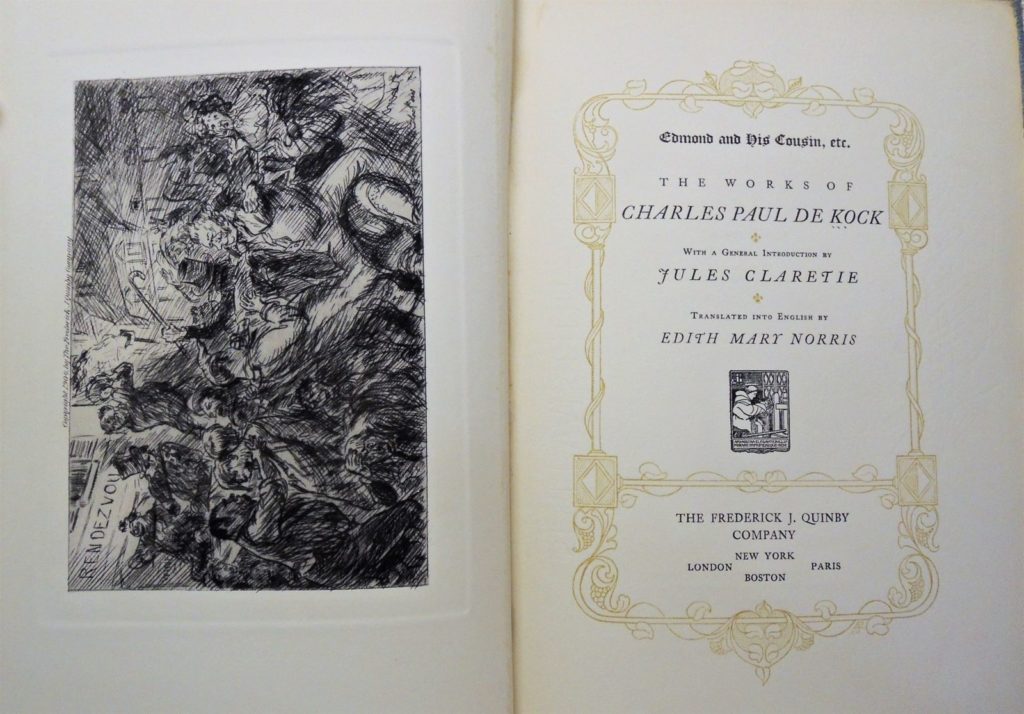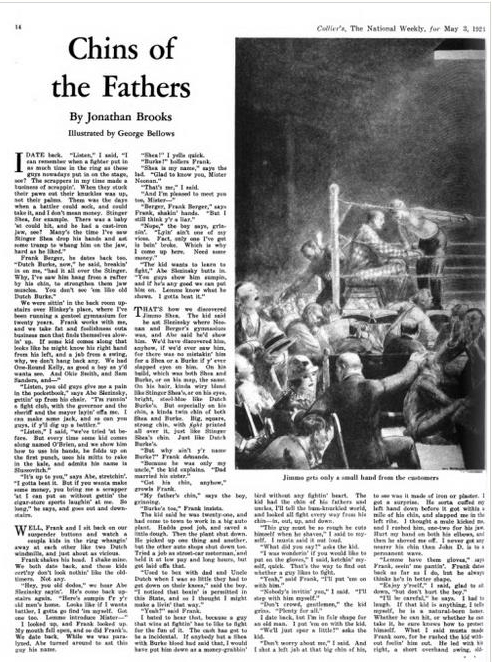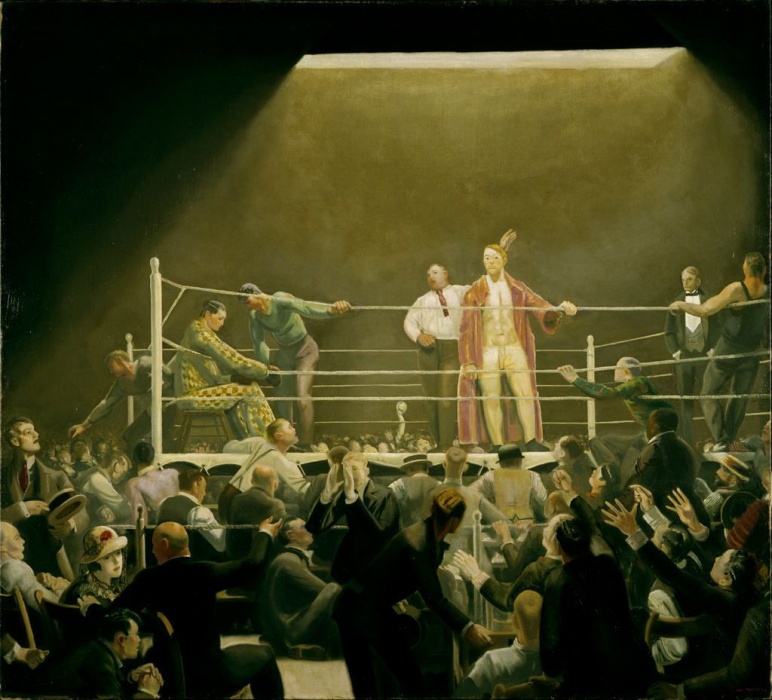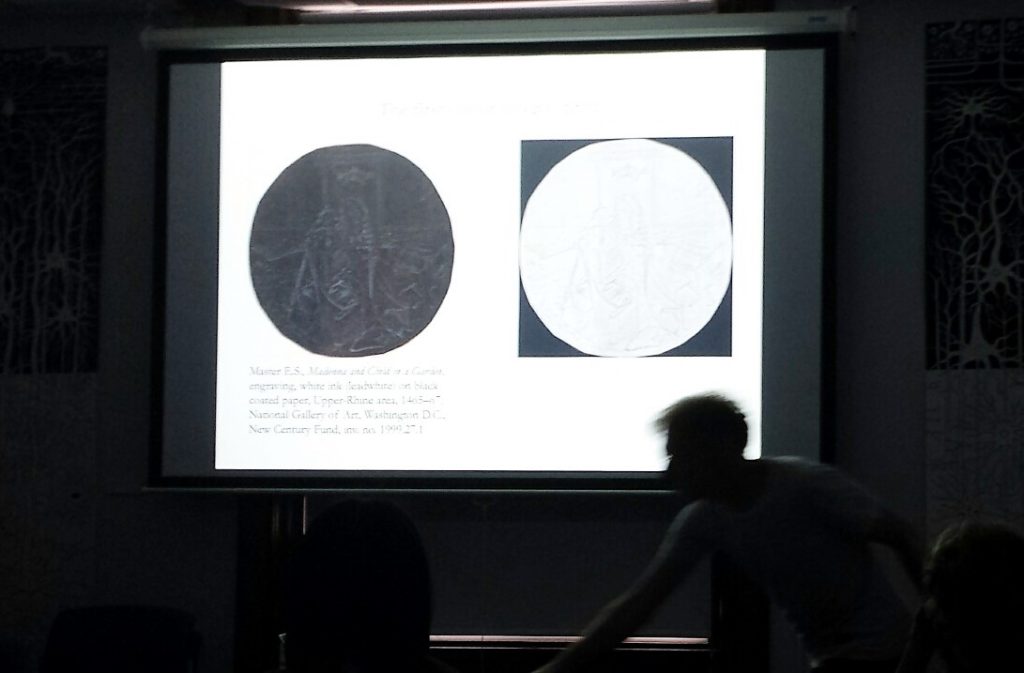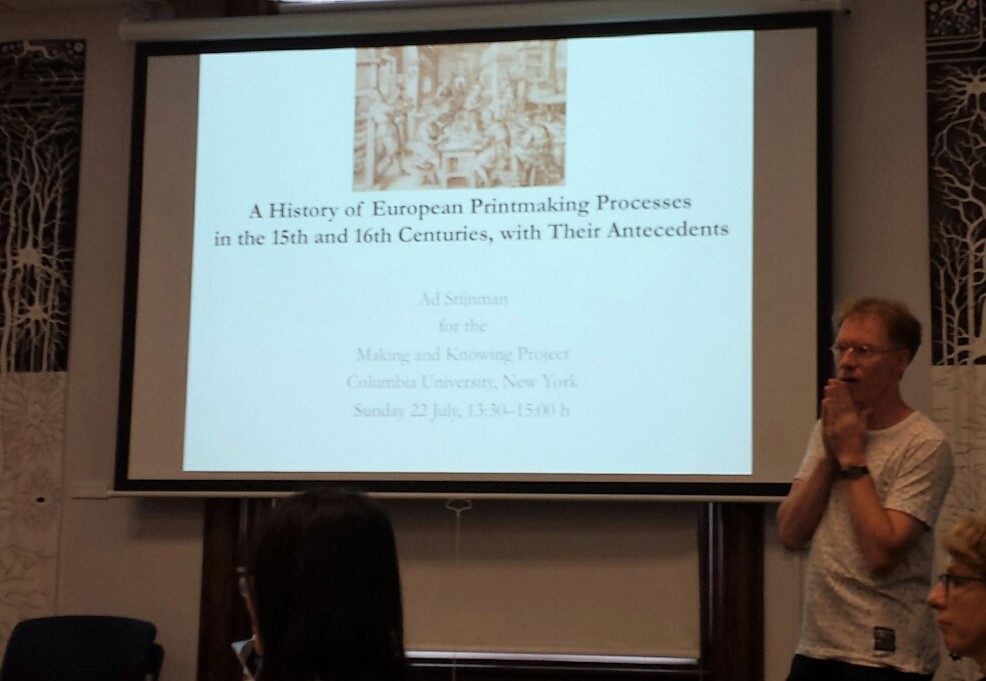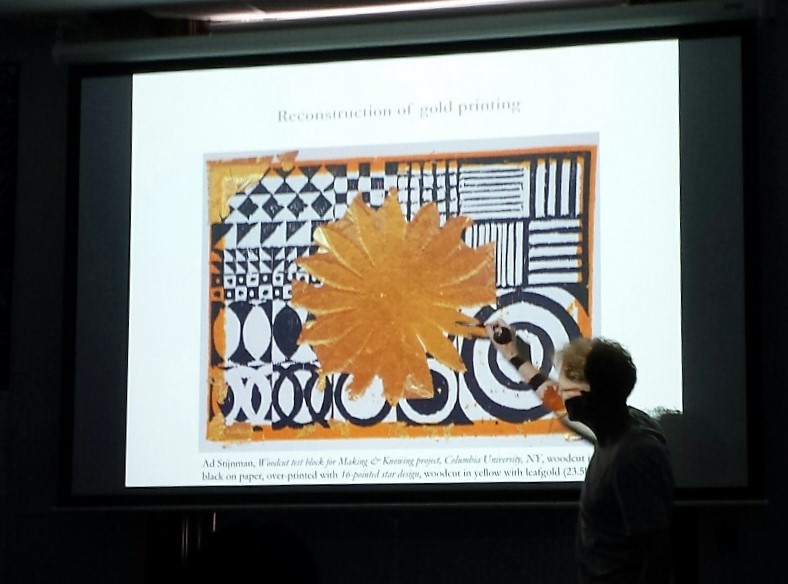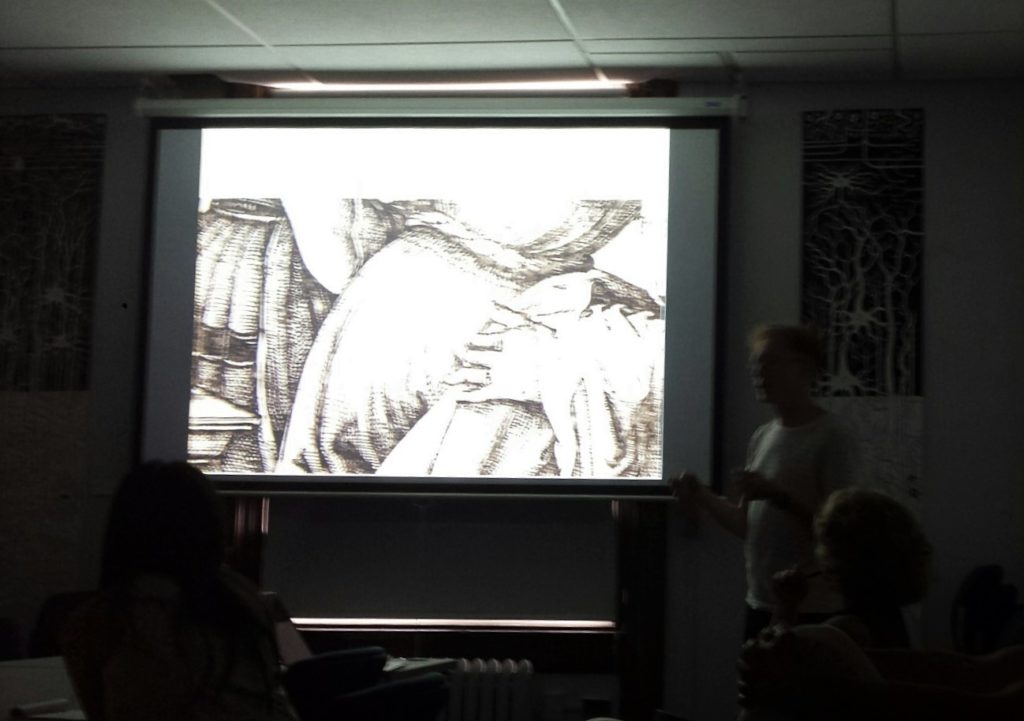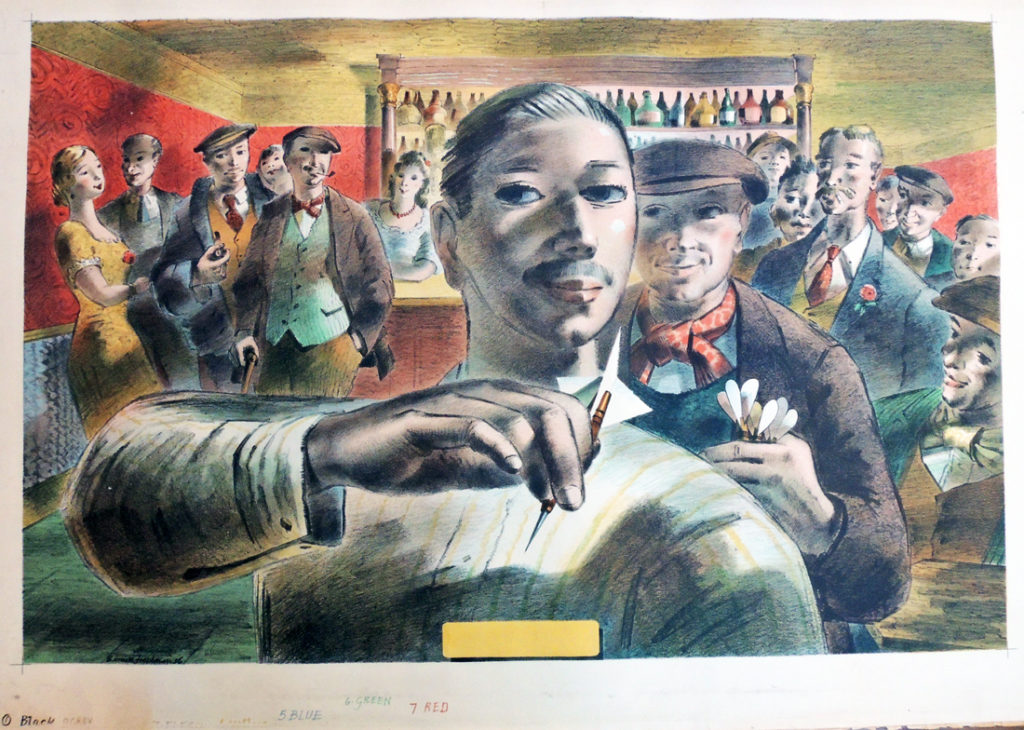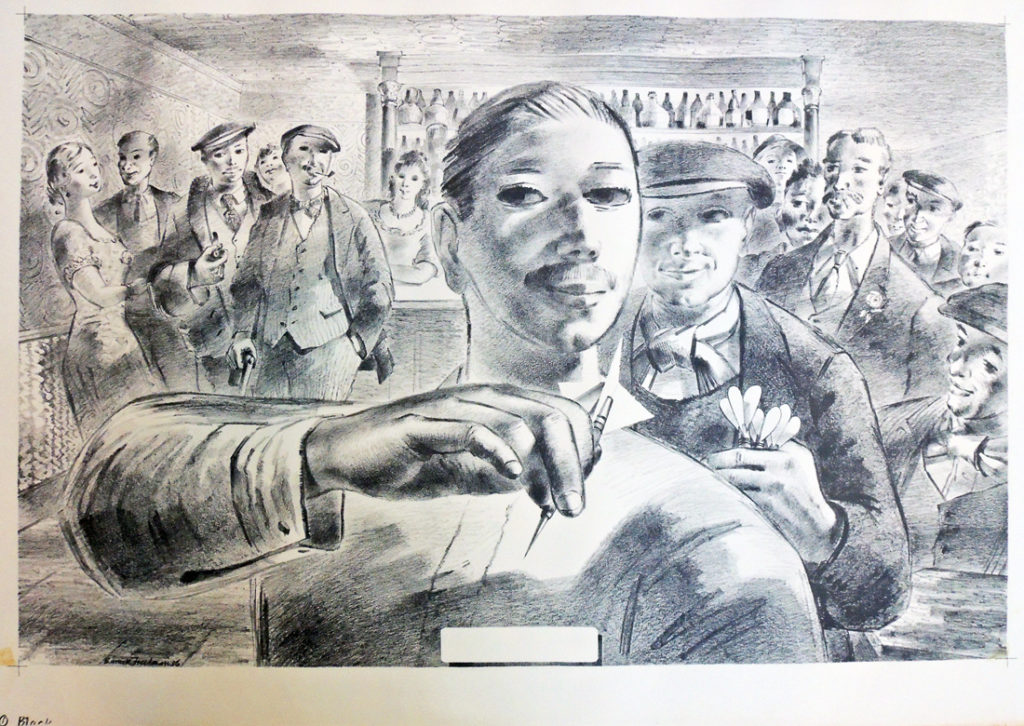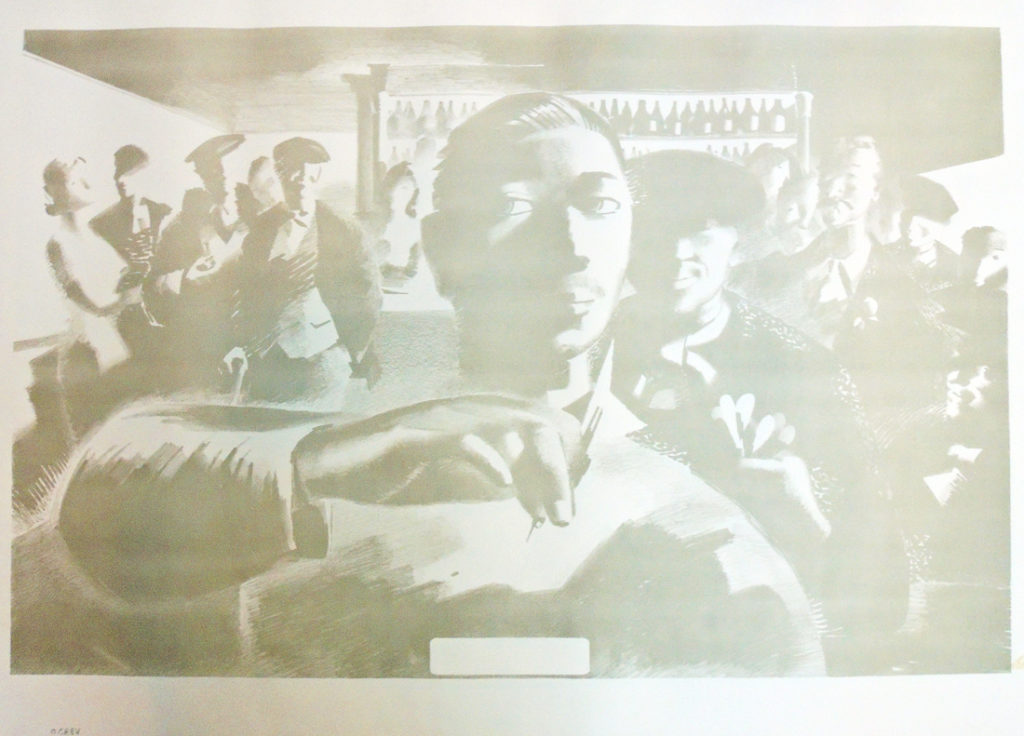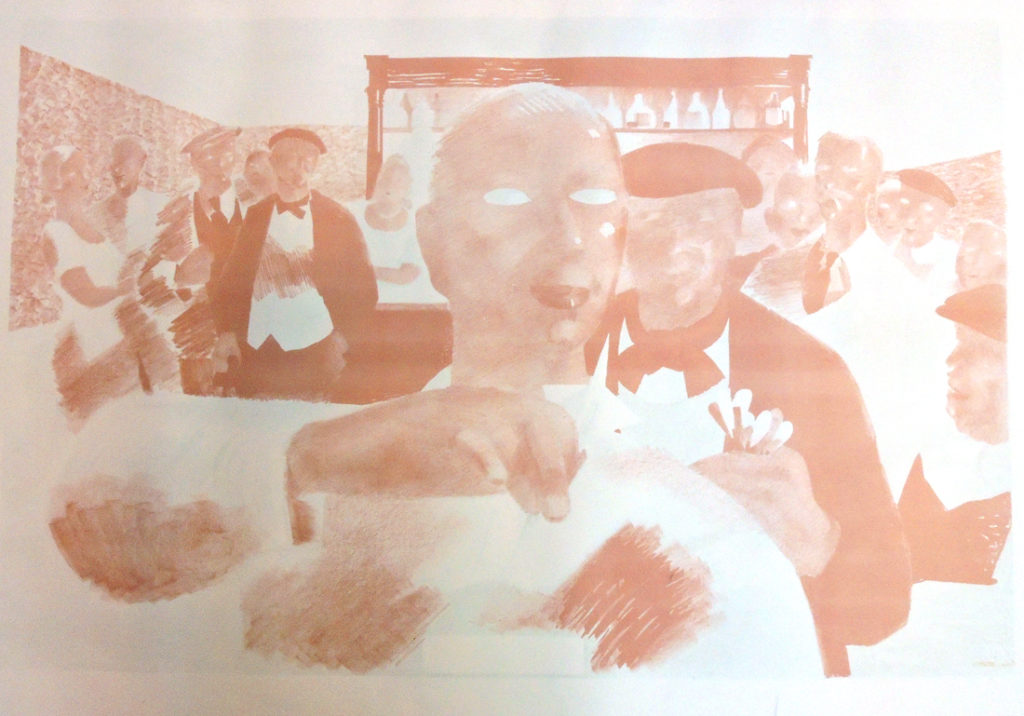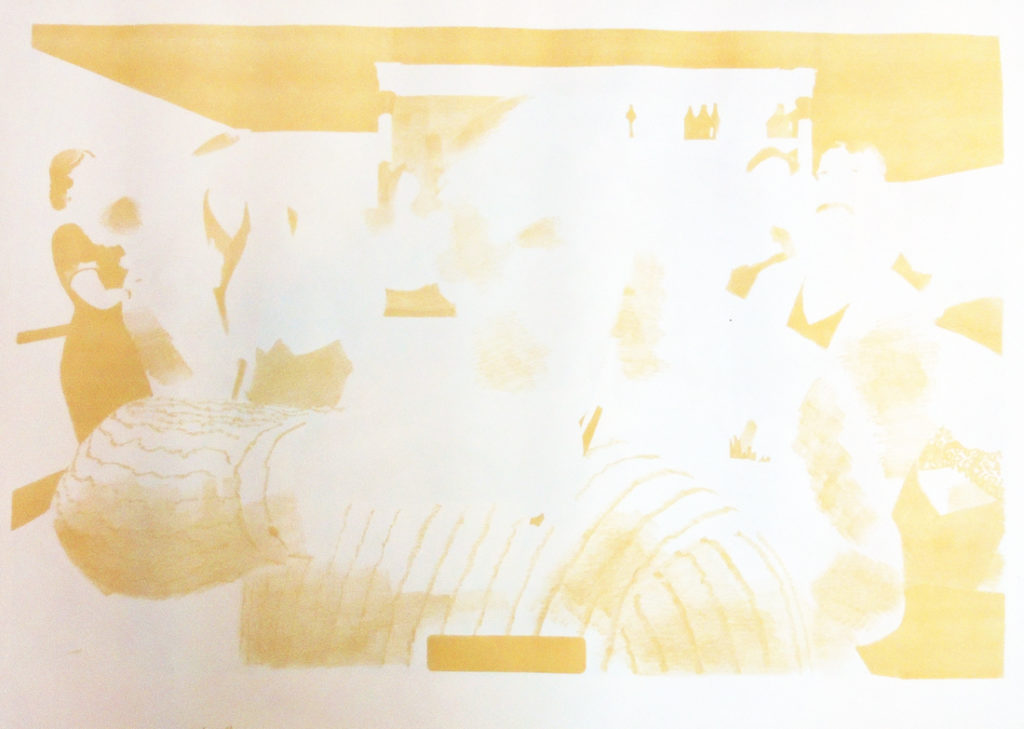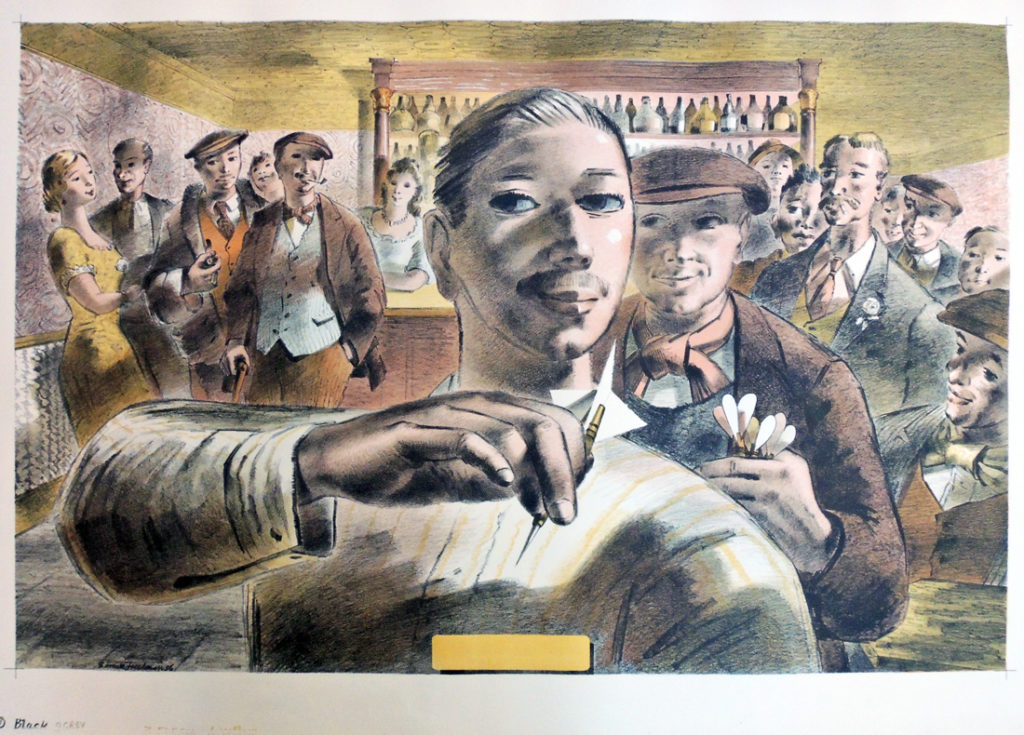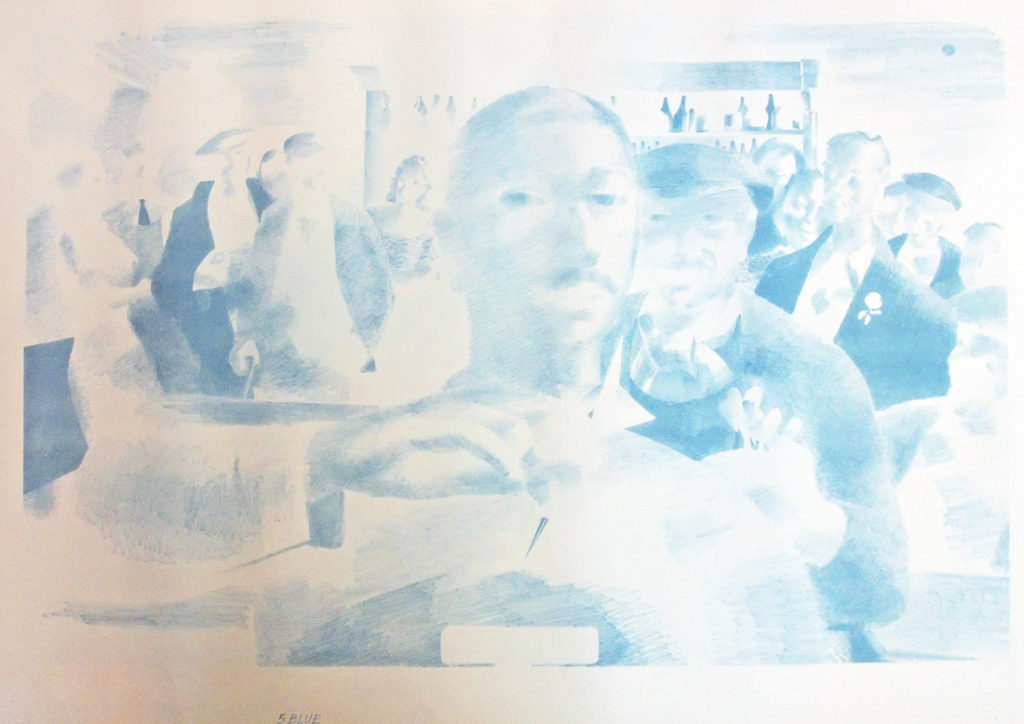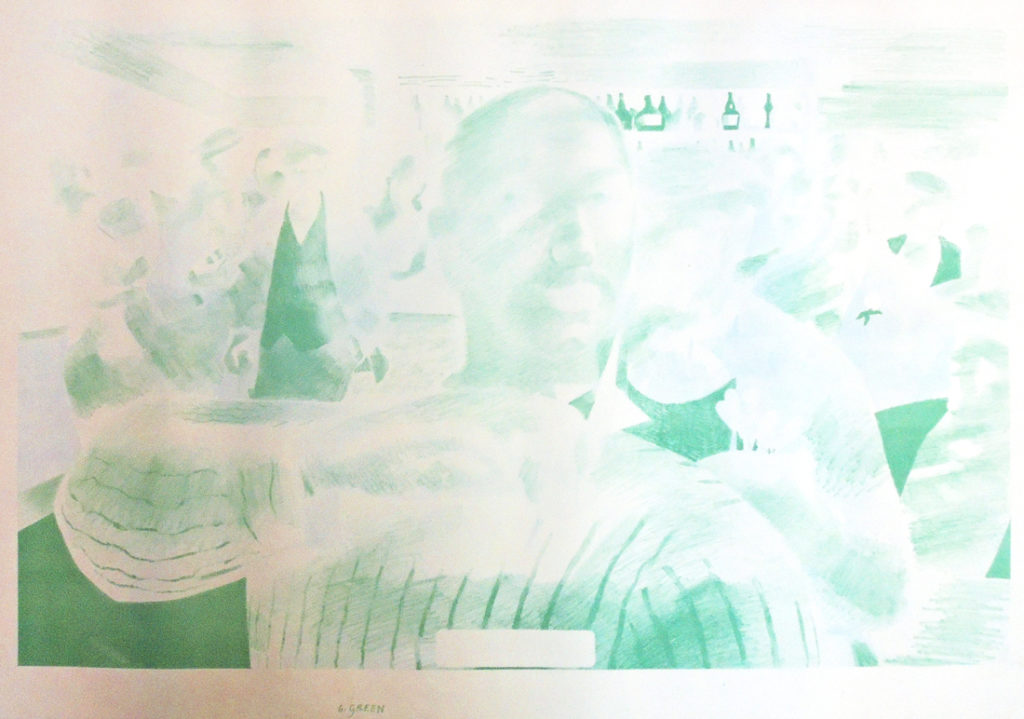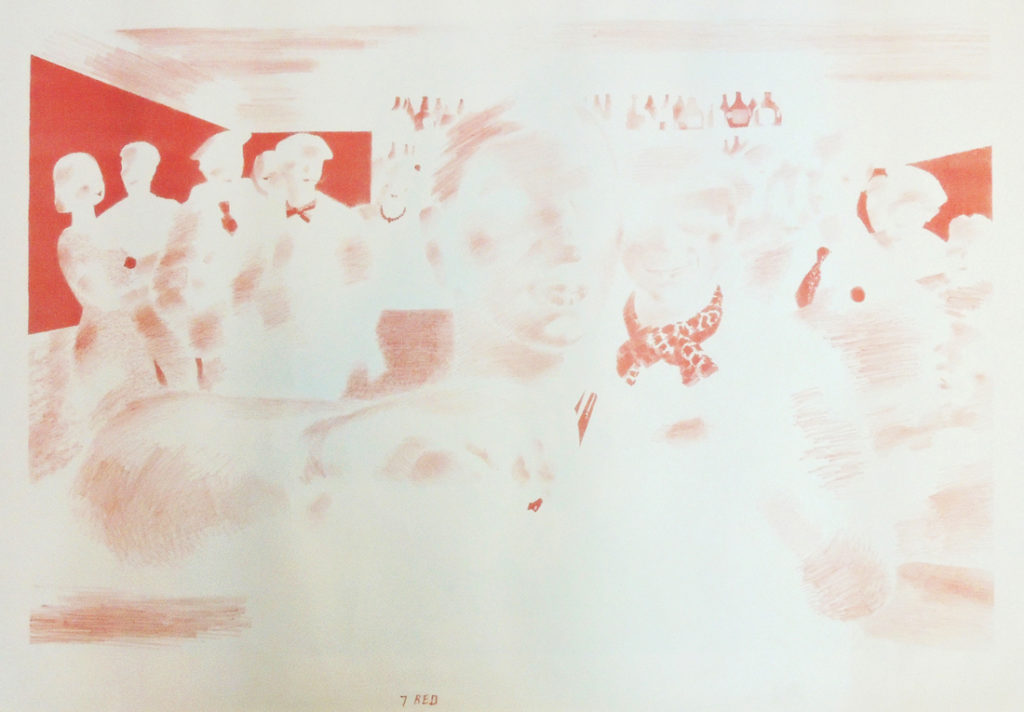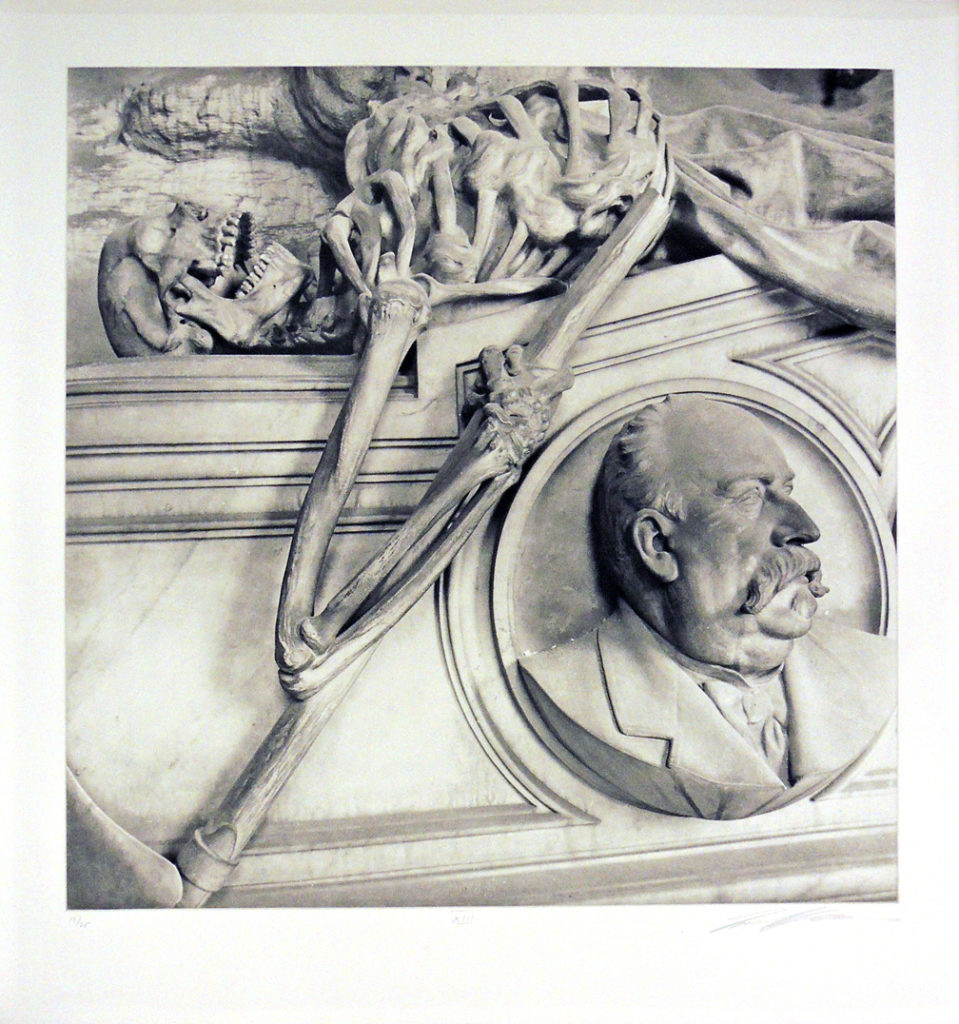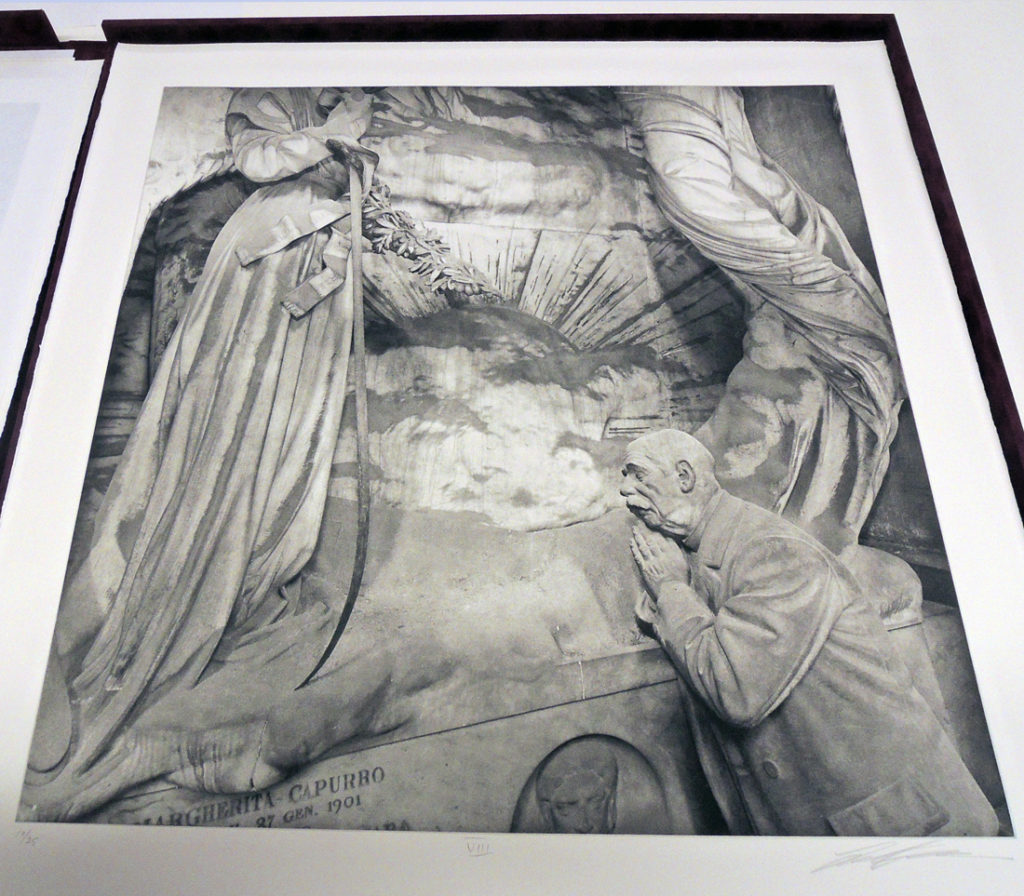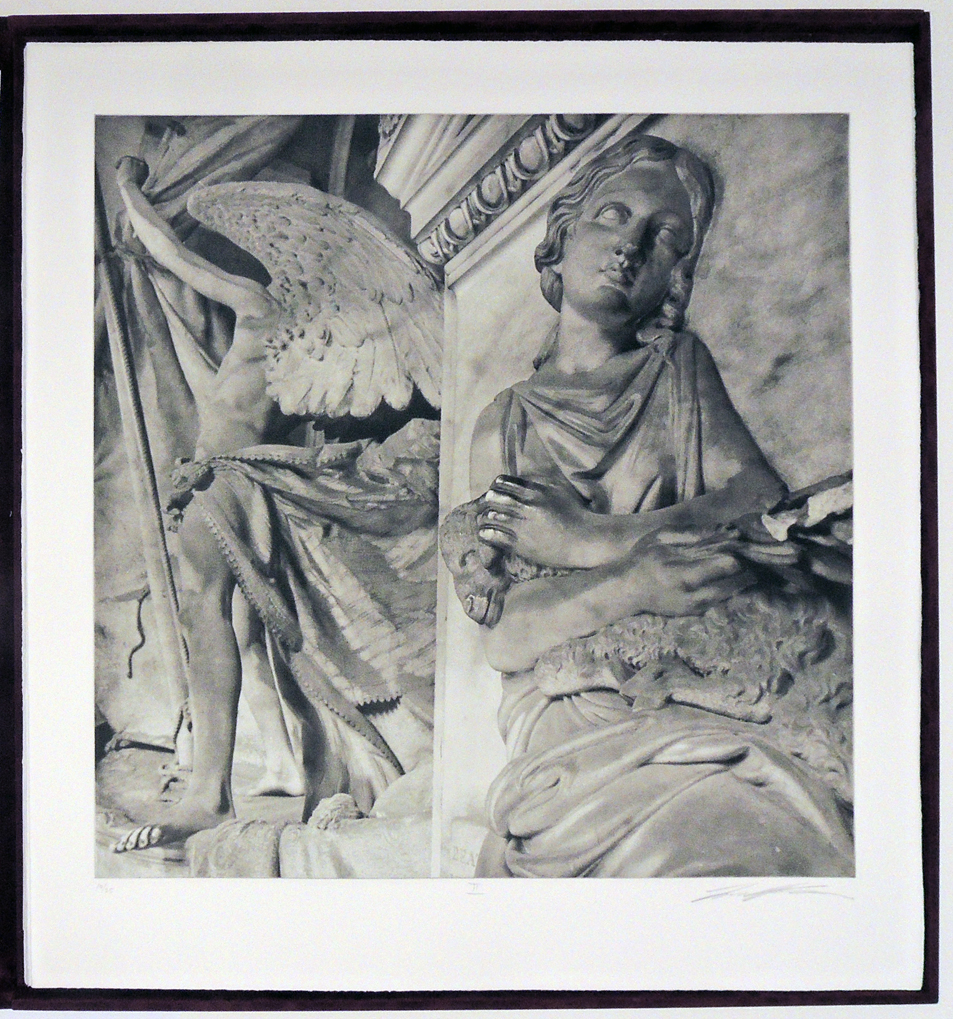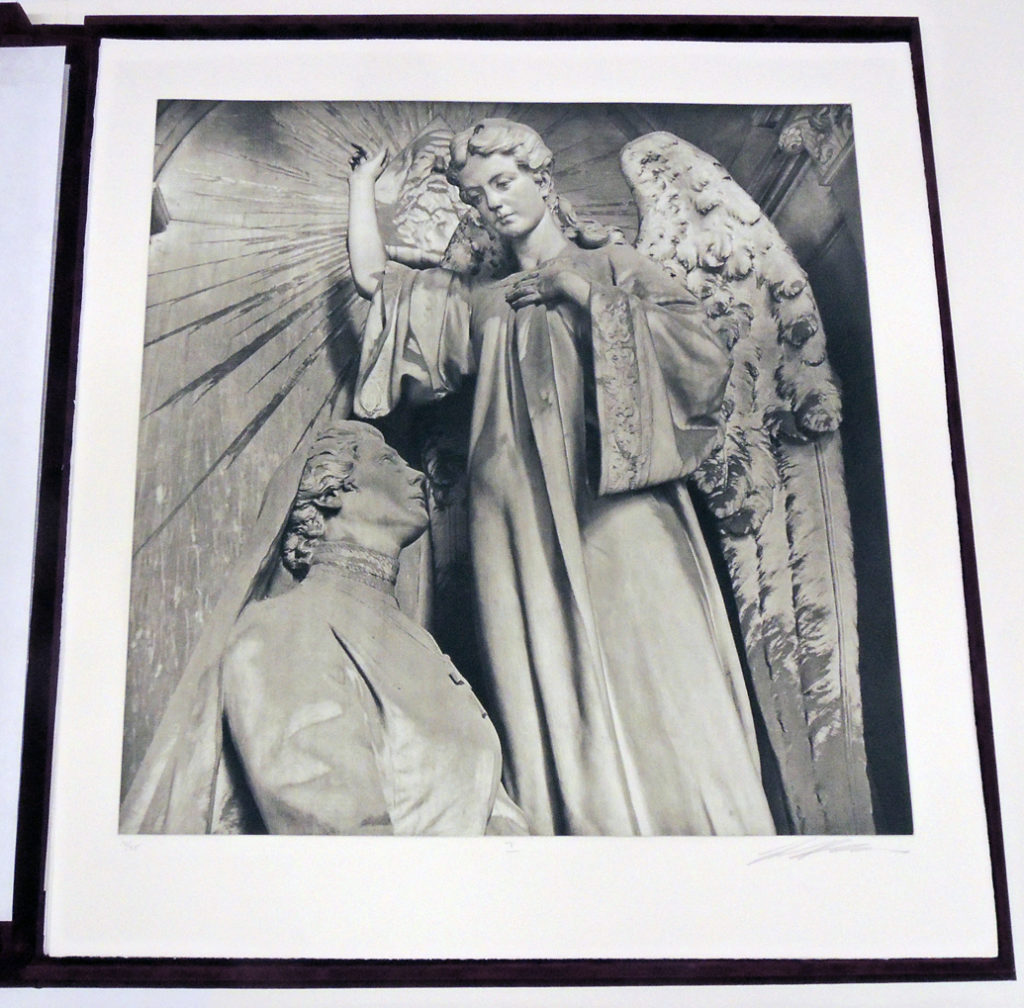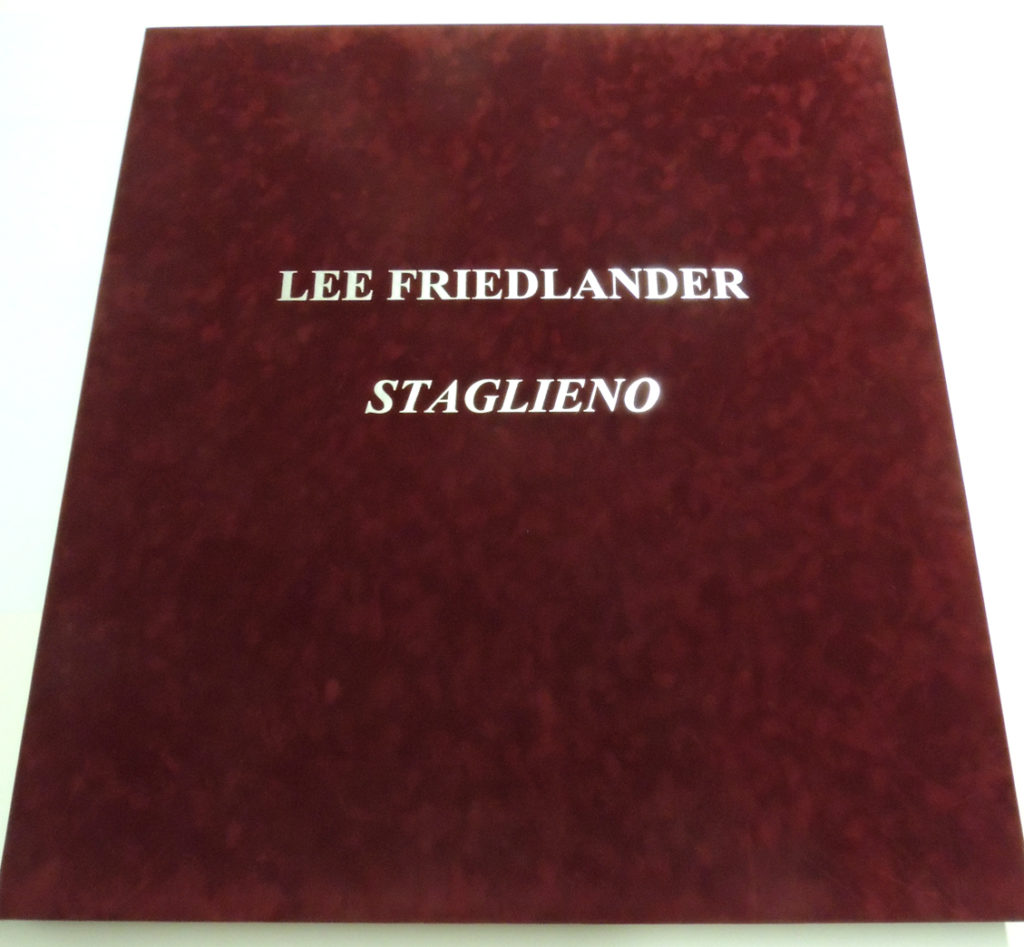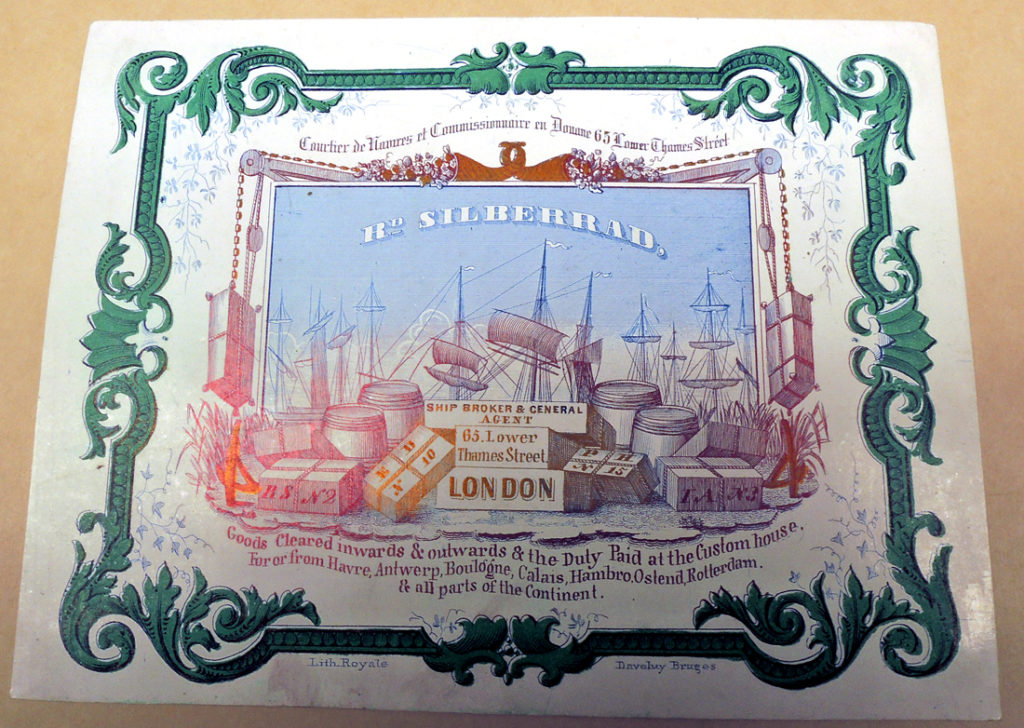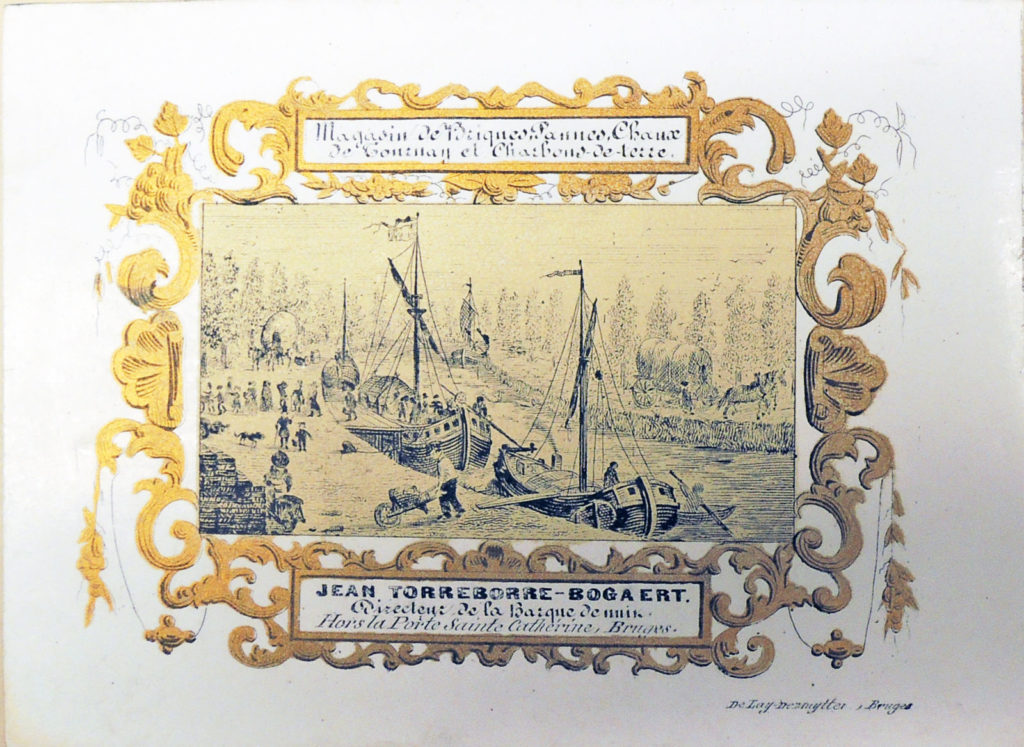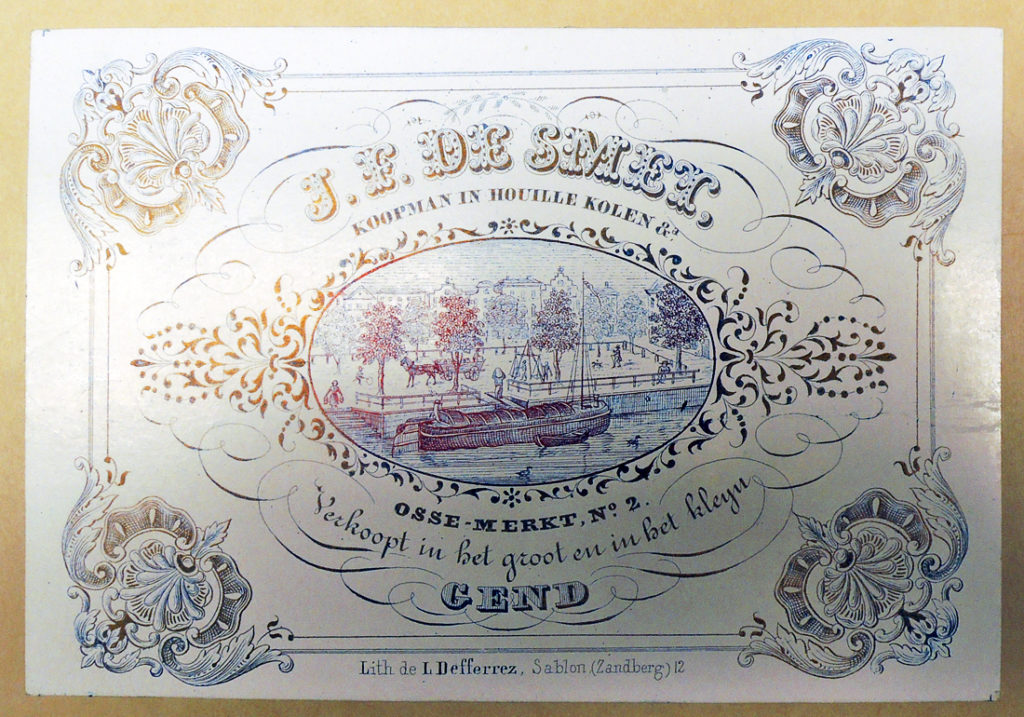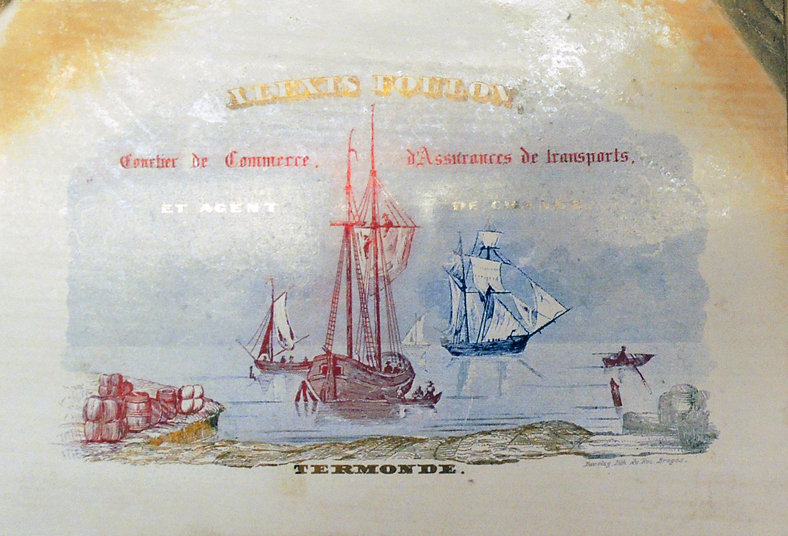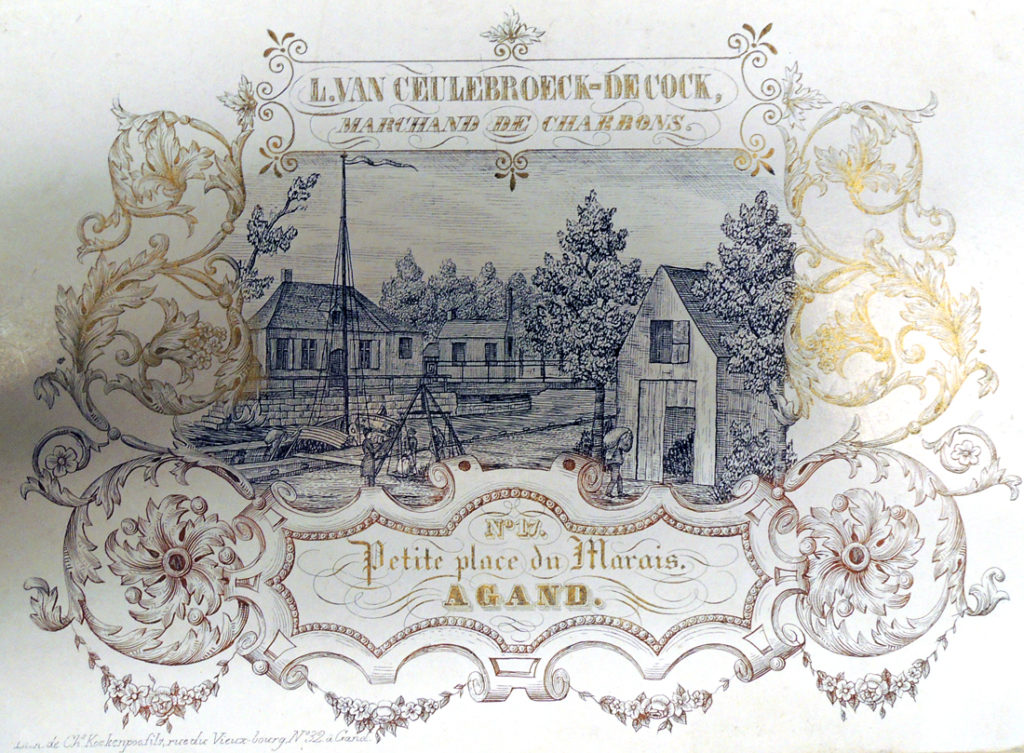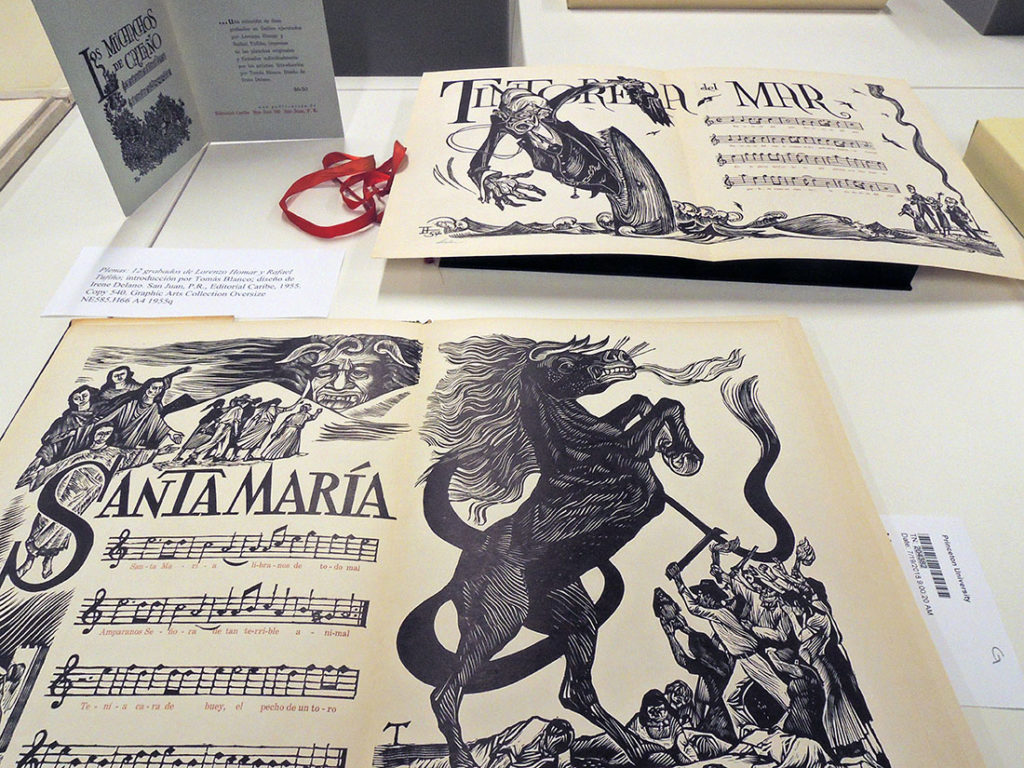
The Graphic Arts Collection welcomed the second of two groups from the 2018 visiting scholars and artists from Puerto Rico (VISAPUR) together with their hosts Alma Concepción and Arcadio Díaz-Quiñones.
The Program in Latin American Studies (PLAS) is hosting members of the academic and artistic communities of Puerto Rico as visitors at Princeton University this summer. This effort aims to provide relief to scholars, students, and artists affected by the catastrophic aftermath of hurricanes Irma and Maria by allowing them to continue their work at Princeton on a temporary basis. The VISAPUR program provides a range of support including a stipend to cover living expenses, office space, access to libraries and other scholarly material, and an opportunity to engage with colleagues at Princeton.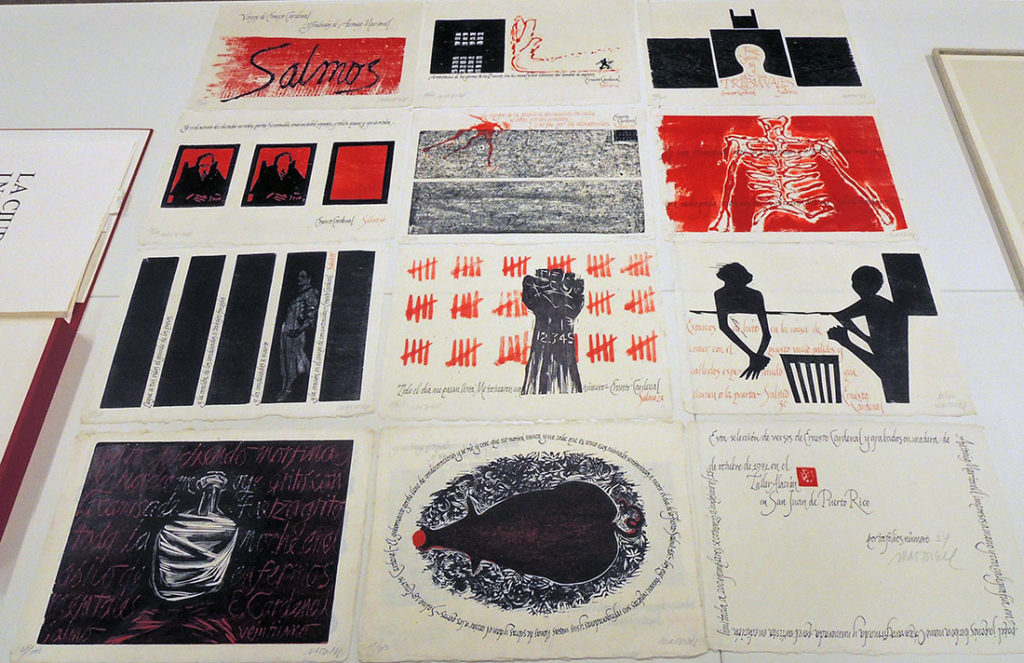
The program is sponsored and managed by PLAS and the Office of the Provost, with the endorsement of the Princeton Task Force on Puerto Rico. Additional support has been provided by the Firestone Library, Department of Spanish and Portuguese, Andlinger Center for Energy and the Environment, Department of Music, American Studies Program, Program in Dance, Princeton Mellon Initiative in Architecture, Urbanism & the Humanities, Lewis Center for the Arts, Office of the Dean of the Faculty, Office of the Dean of the College, Graduate School, Office of the Registrar, and the Housing and Real Estate Services office.
Special thanks to professor emeritus Arcadio Díaz Quiñones, former PLAS director and professor of Spanish and Portuguese, for his leadership and commitment to the project.
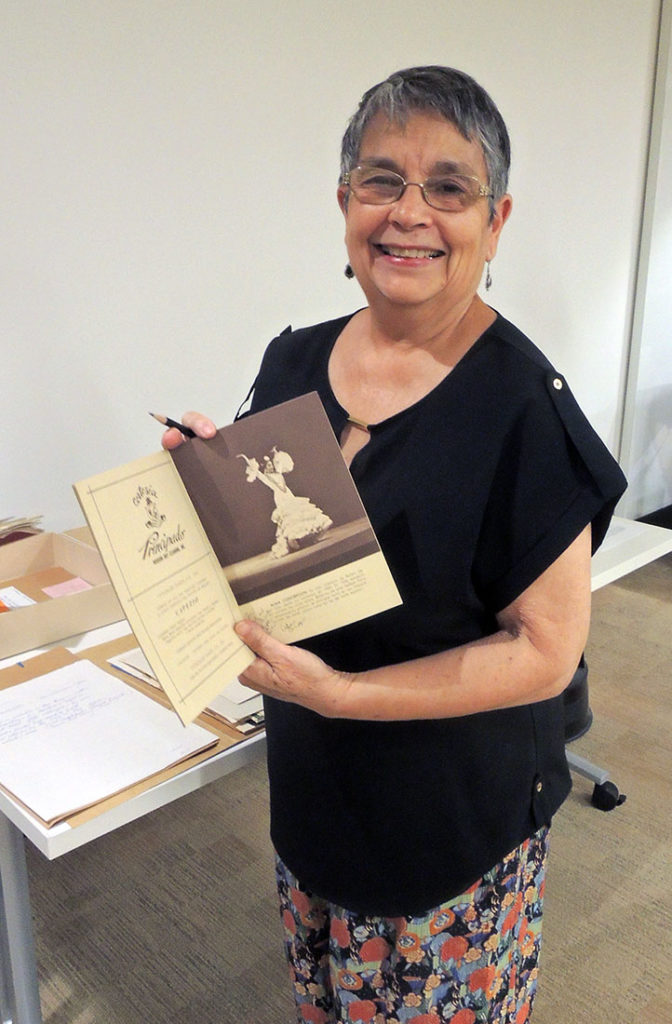 As we were looking at programs designed by Lorenzo Homar, we found a photograph of Alma Concepción when she was dancing with the Ballets de San Juan in 1954. A former soloist with the San Juan Ballet and Antonio’s Ballet of Spain, she received her early training in Puerto Rico followed by study in New York at the School of American Ballet and at American Ballet Theatre. Ms. Concepcion is the founder of Taller de Danza, a children’s movement and dance grassroots organization based in Trenton. She is also a member of the Society of Dance History Scholars and has written many articles, mainly on Caribbean music and dance.
As we were looking at programs designed by Lorenzo Homar, we found a photograph of Alma Concepción when she was dancing with the Ballets de San Juan in 1954. A former soloist with the San Juan Ballet and Antonio’s Ballet of Spain, she received her early training in Puerto Rico followed by study in New York at the School of American Ballet and at American Ballet Theatre. Ms. Concepcion is the founder of Taller de Danza, a children’s movement and dance grassroots organization based in Trenton. She is also a member of the Society of Dance History Scholars and has written many articles, mainly on Caribbean music and dance.
Here are a few of the prints, drawings, and printed books we enjoyed:
Plenas: 12 grabados de Lorenzo Homar y Rafael Tufiño; introducción por Tomás Blanco; diseño de Irene Delano. San Juan, P.R., Editorial Caribe, 1955. Copy 540. Graphic Arts Collection Oversize NE585.H66 A4 1955q
Rafael Tufino (1922-2008), Elmer Adler Homenaje [Poster from memorial exhibition at the Gallery Fundador de la Casa del Libro]. Graphic Arts Collection
Lorenzo Homar (1913-2004) [Sketchbook created during Homar’s army days in Korea during World War II]. 1945. Pencil and pen drawings. Graphic Arts Collection
Lorenzo Homar (1913-2004), Pablo Casals, 1955. Inscribed in ink along right margin: ‘Offset lithography BUT: The experiment went like this: I silkscreen black ink over an acetate sheet (clear). Then, over a light table I scratched this head of Don Pablo thus making a negative. When exposed over a sens.” Graphic Arts Collection
Lorenzo Homar (1913-2004), El Maestro // [The Master], 1972. Includes two quotations from speeches given by Pedro Albizu Campos (1891-1965) in 1930. Graphic Arts Collection
Lorenzo Homar (1913-2004), Alma, 1983. Graphic Arts Collection
Tomás Blanco, Tres estrofas de amor para soprano; musica de Pablo Casals; illustrada en serigrafia por Lorenzo Homar (San Juan, P.R.: Galeria Calibri, 1970). Copy no. 26. “La edicion consta de 150 ejemplares firmados y numerados en papel “Arches” asi distribuidos : del uno al cien en numeros arabicos; veinte ejemplares, del uno al veinte en numeros romanos … ” Graphic Arts Collection
Lorenzo Homar (1913-2004), Sala fray Bartolome de Las Casas, 1992. Carved woodblock. GA 2007.04029. Gift of Princeton University’s Program in Latin American Studies.
Salmos, versos de Ernesto Cardenal; grabados de Antonio Martorell (San Juan de Puerto Rico: Martorell, 1971). “Esta selección de versos … impresosá mano … en papel japonés “Okawara” caligrafiados individualmente firmados y numerados por el grabador en edición limitada a 200 ejemplares se comenzó a imprimir el 18 de octubre de 1971 en el Taller Alacrán.” Princeton copy is no. 24. Graphic Arts Collection Oversize 2006-0078F
Luis Palés Matos, Puerta al tiempo en tres voces; grabados de Consuelo Gotay (Puerto Rico: Taller de las Plumas, 1998). “Edición limitada a 35 ejemplares y 10 pruebas de artista.”–Colophon. “Textos: Arcadio Díaz Quin̂ones.” Graphic Arts Collection Oversize 2006-0221Q
Luis Palés Matos, Esta noche he pasado; xilografías Raquel Noemi Quijano Feliciano (San Juan, Puerto Rico : Taller El Polvorín, 2003). Copy: No. 6. Graphic Arts Collection Oversize 2006-0076E

